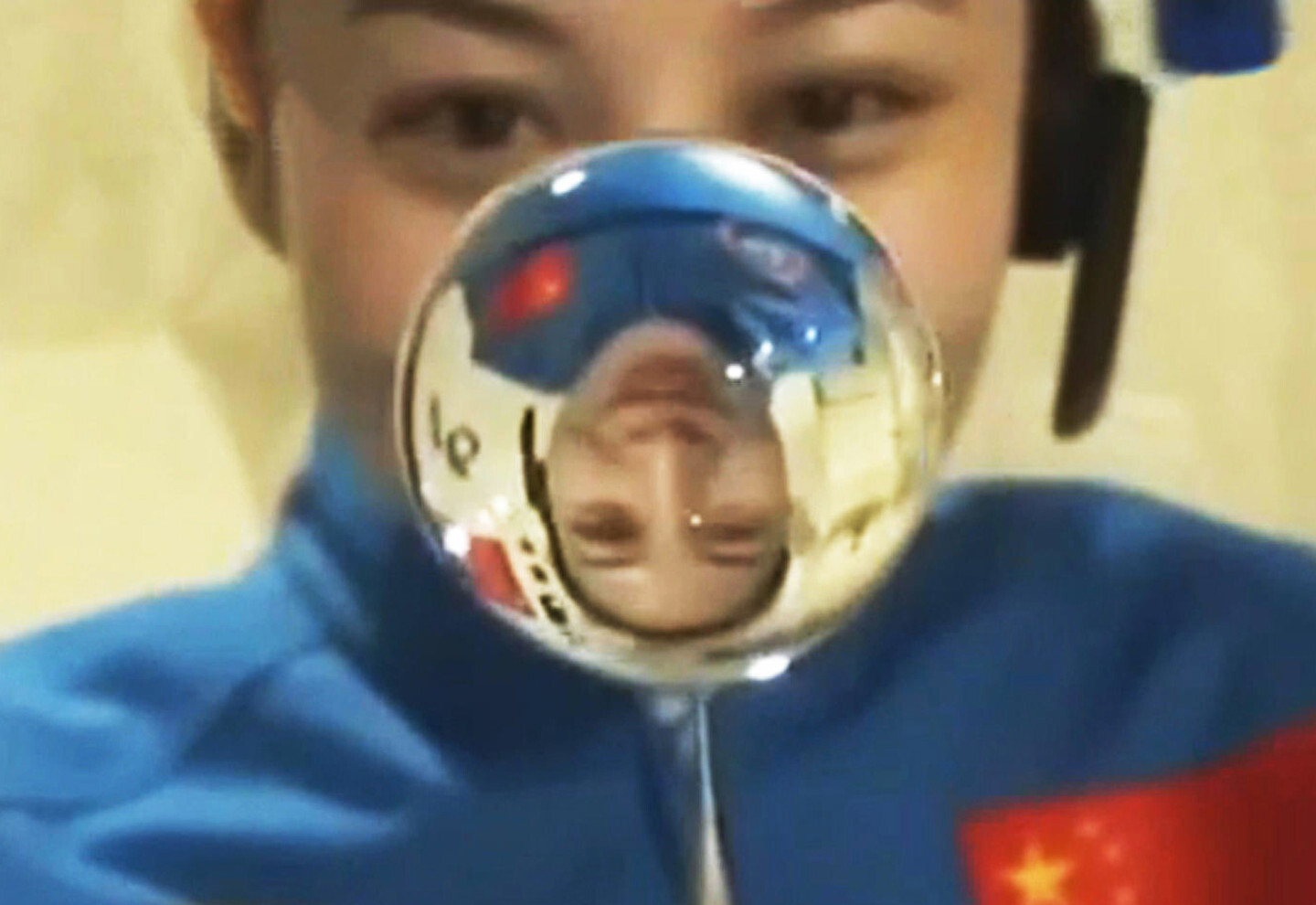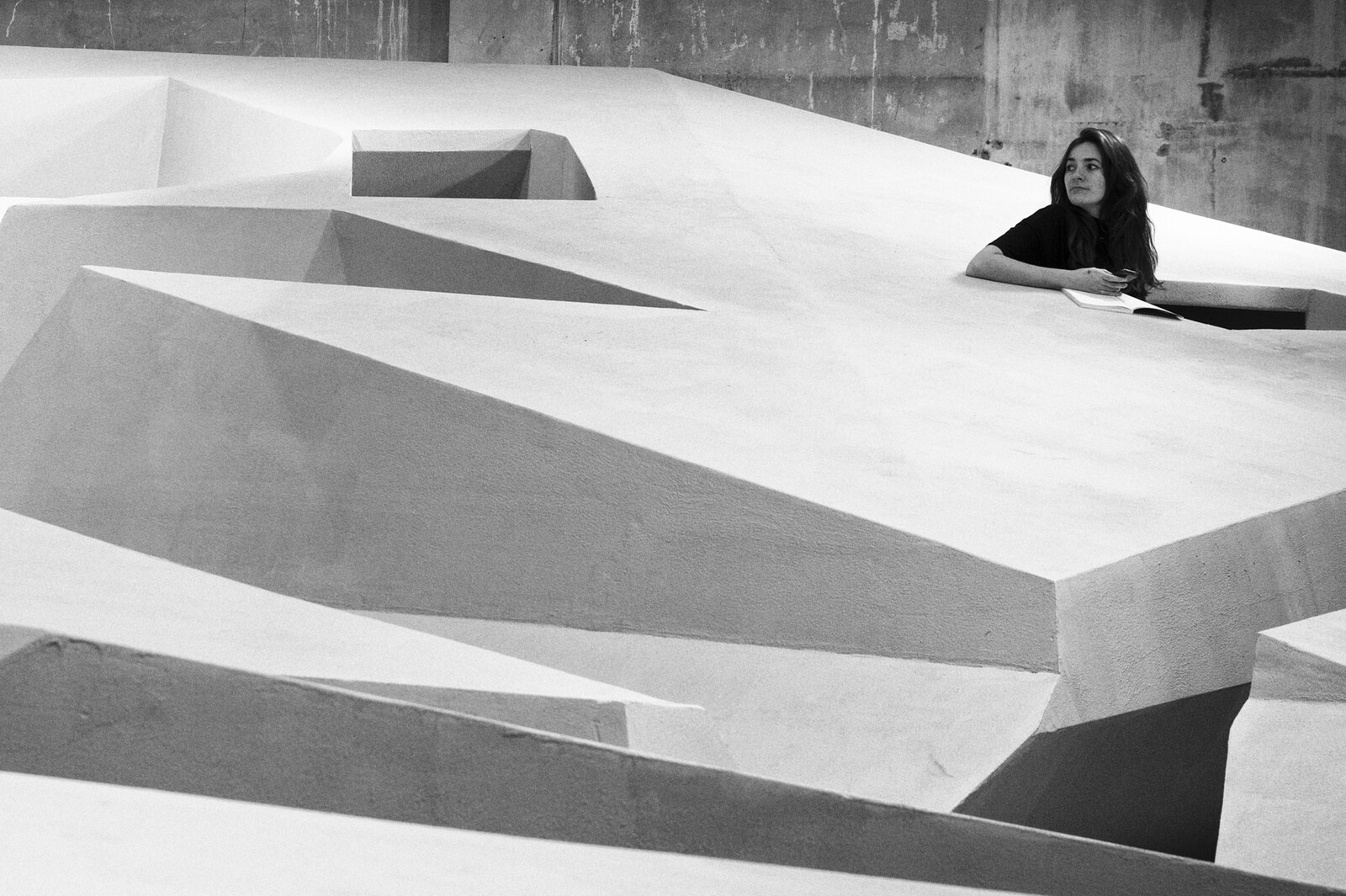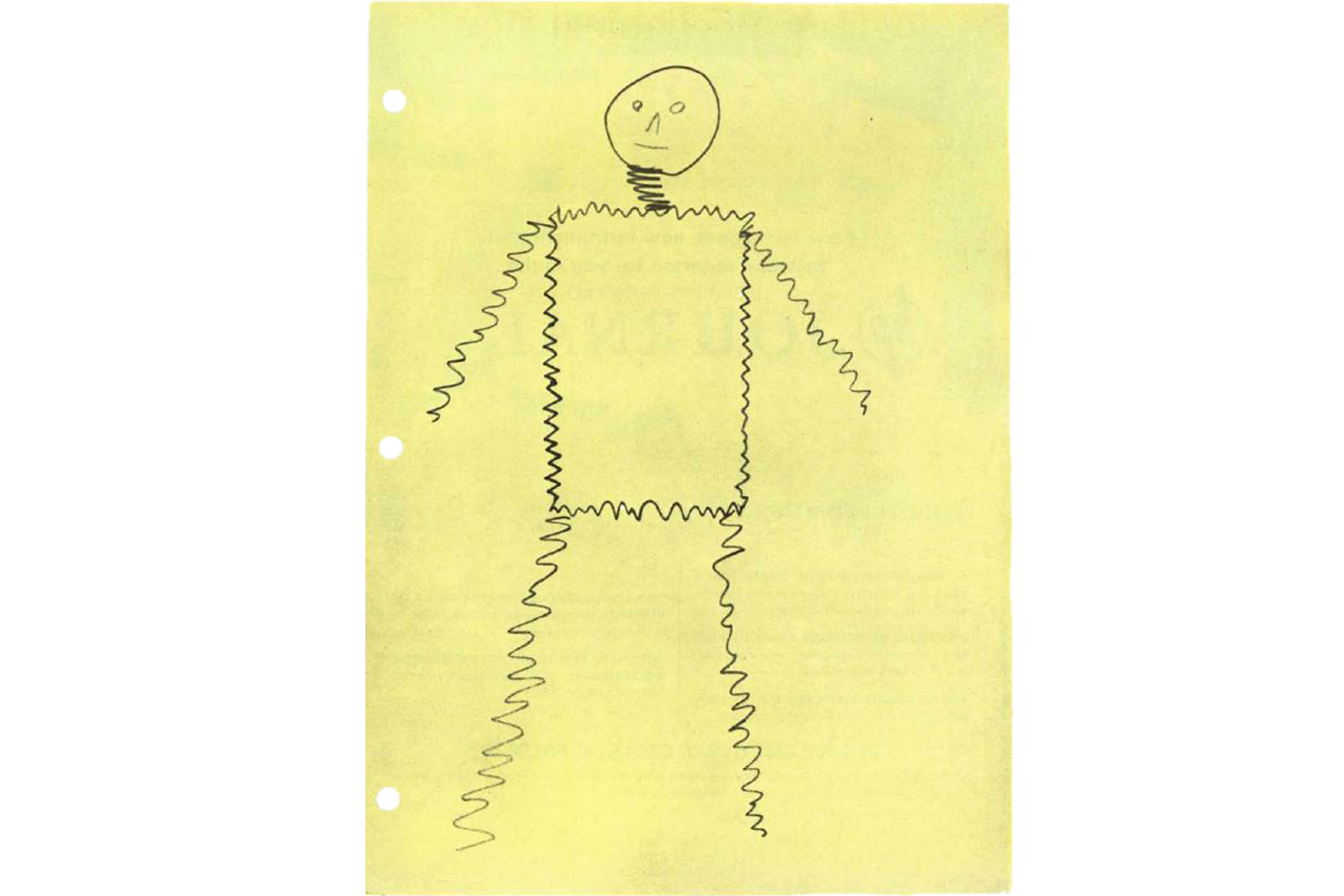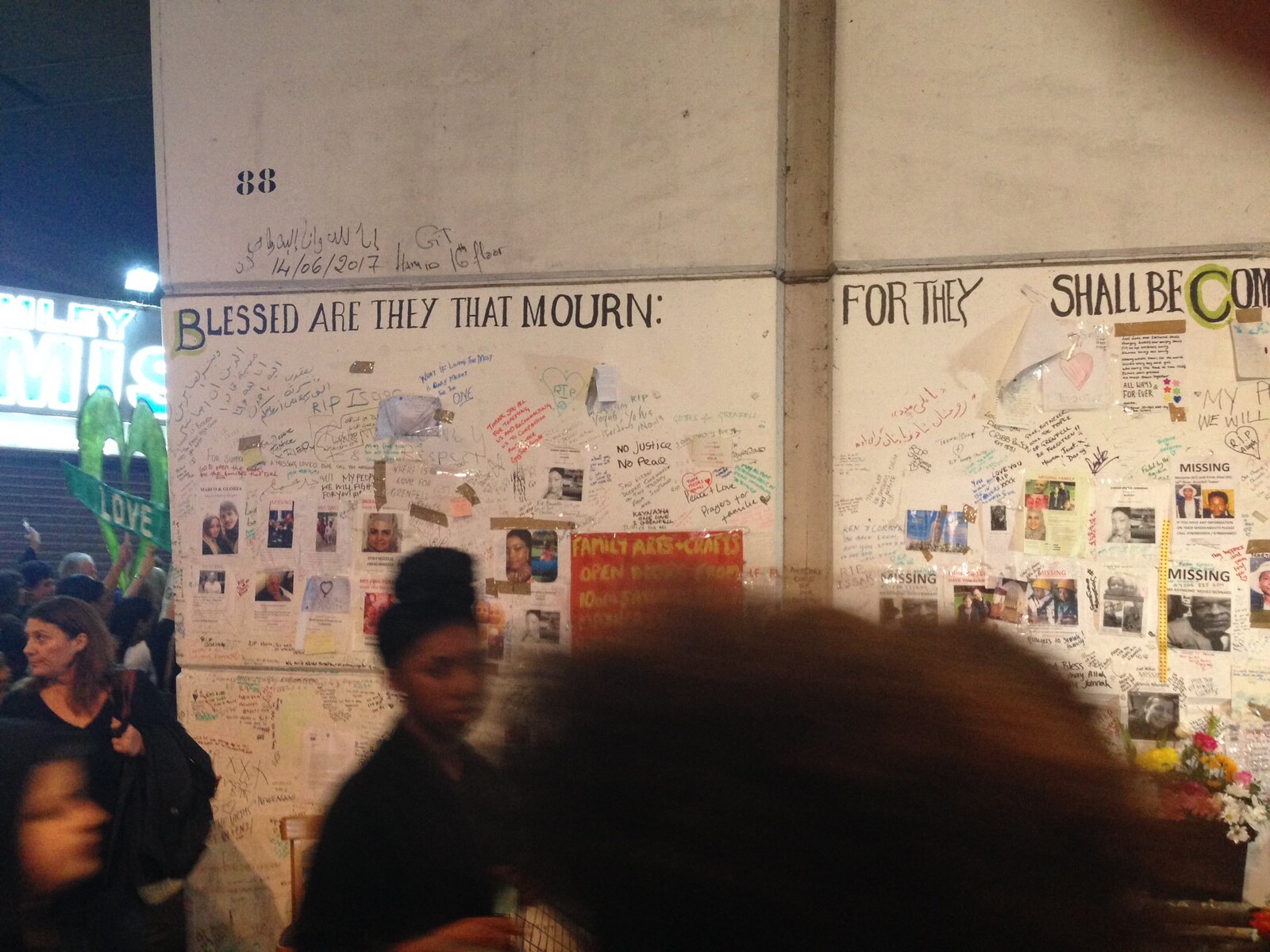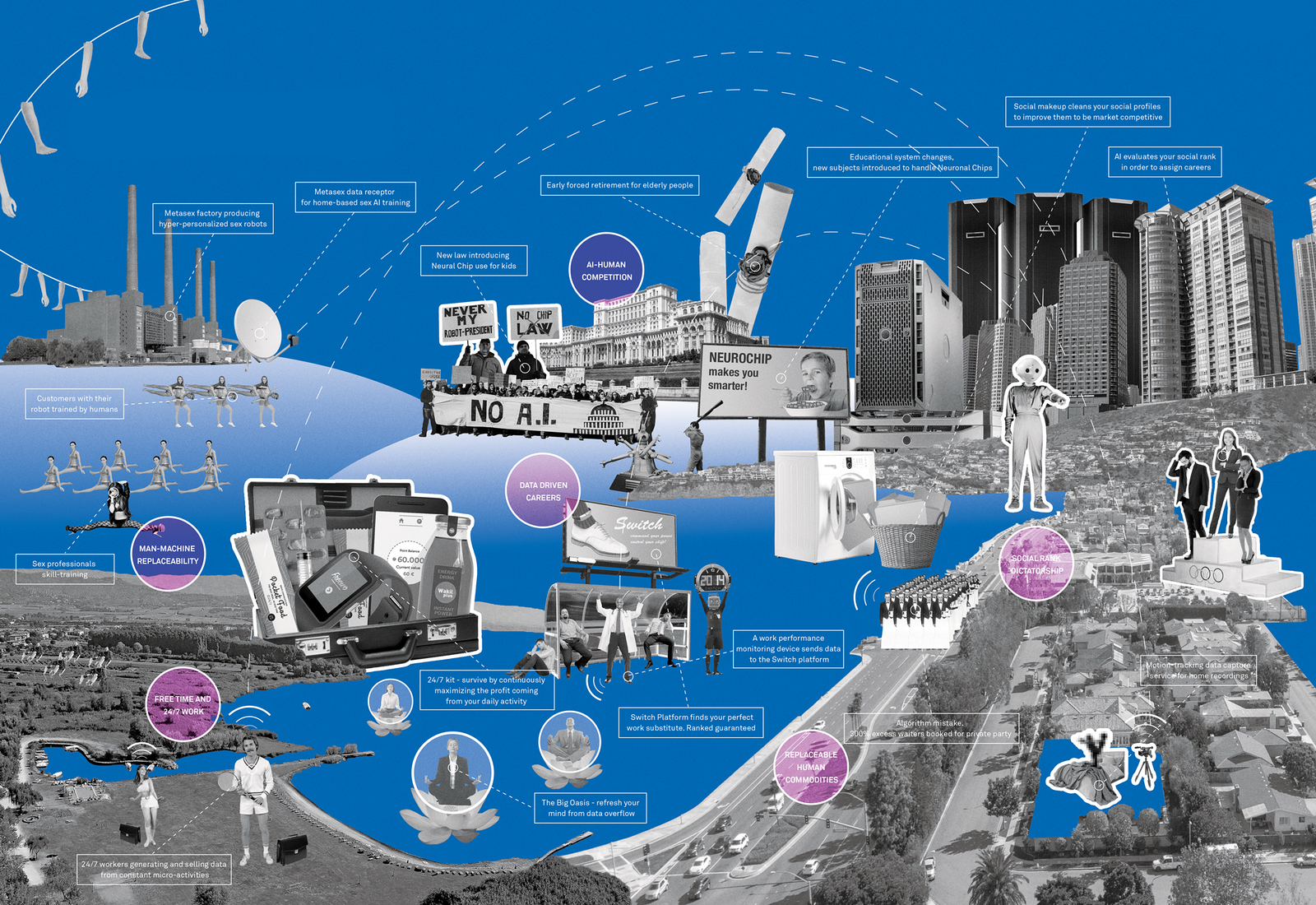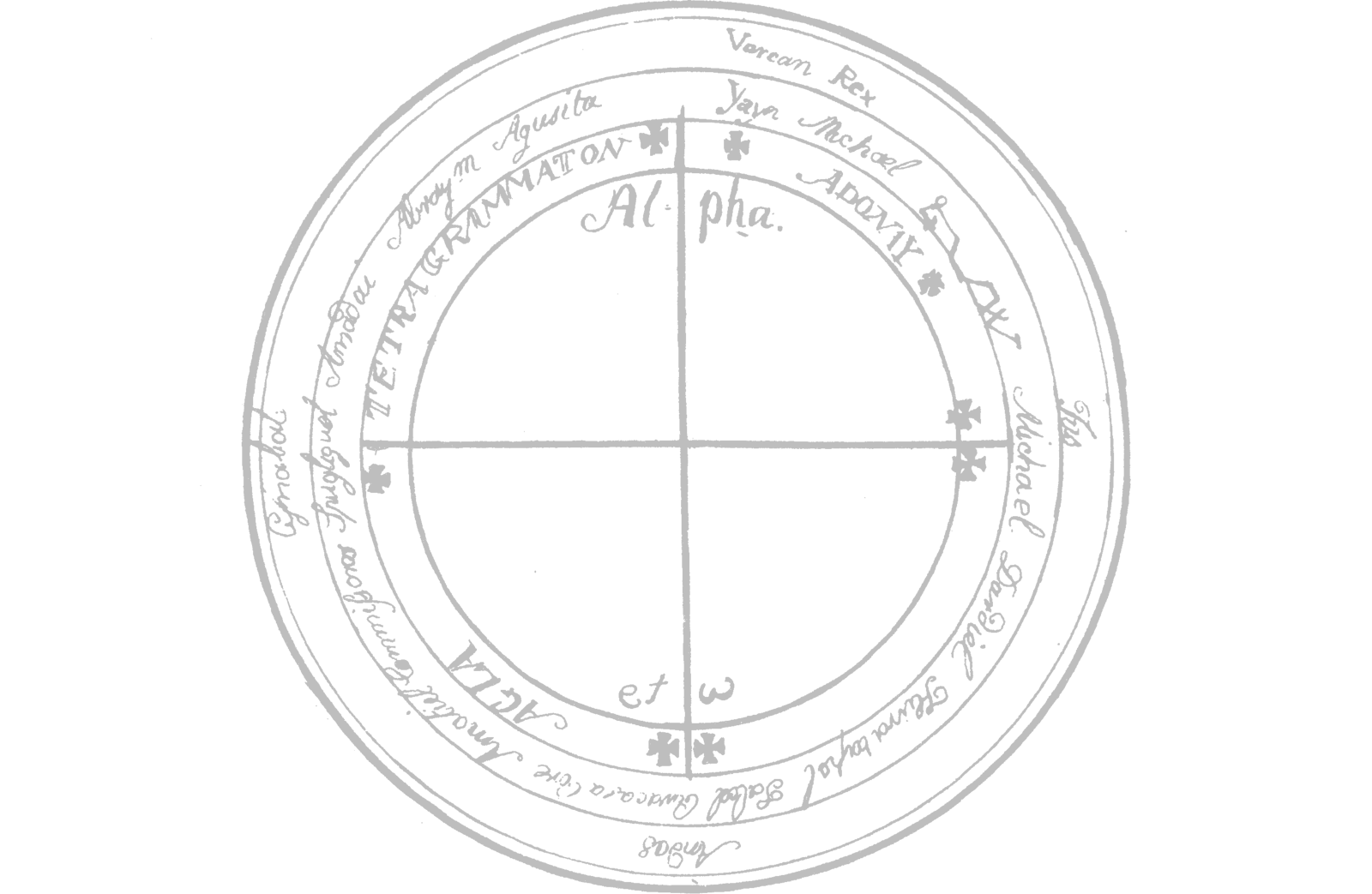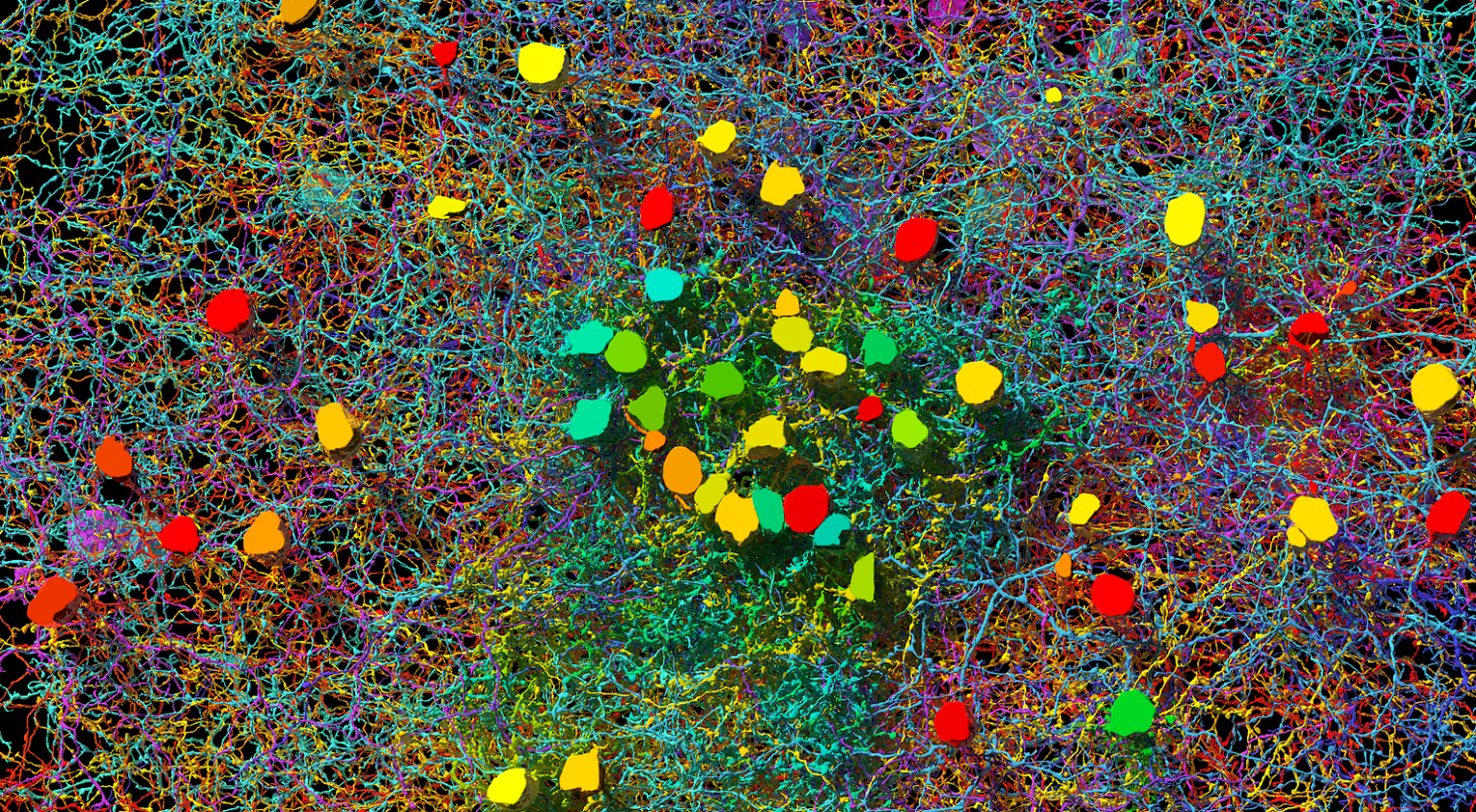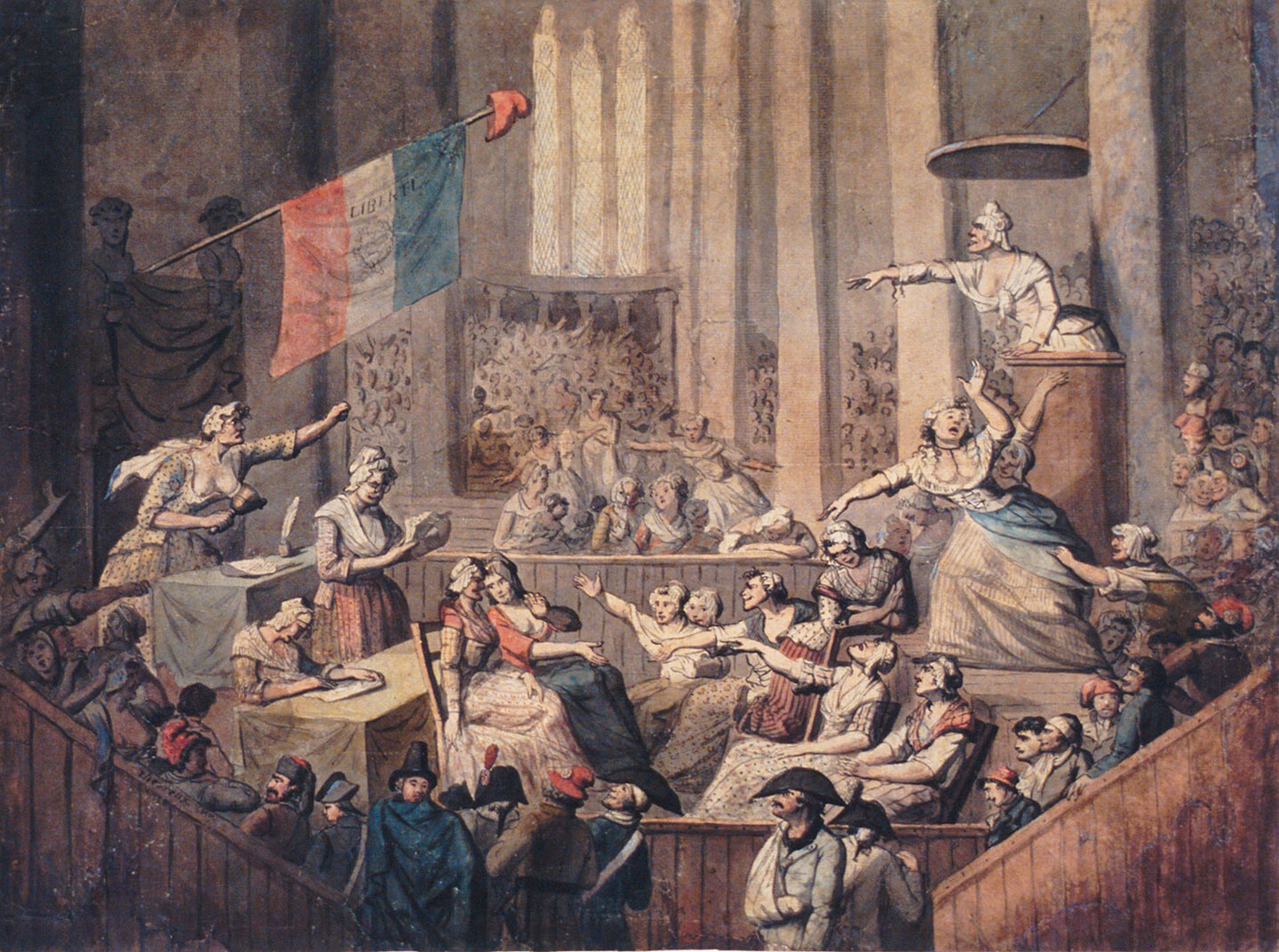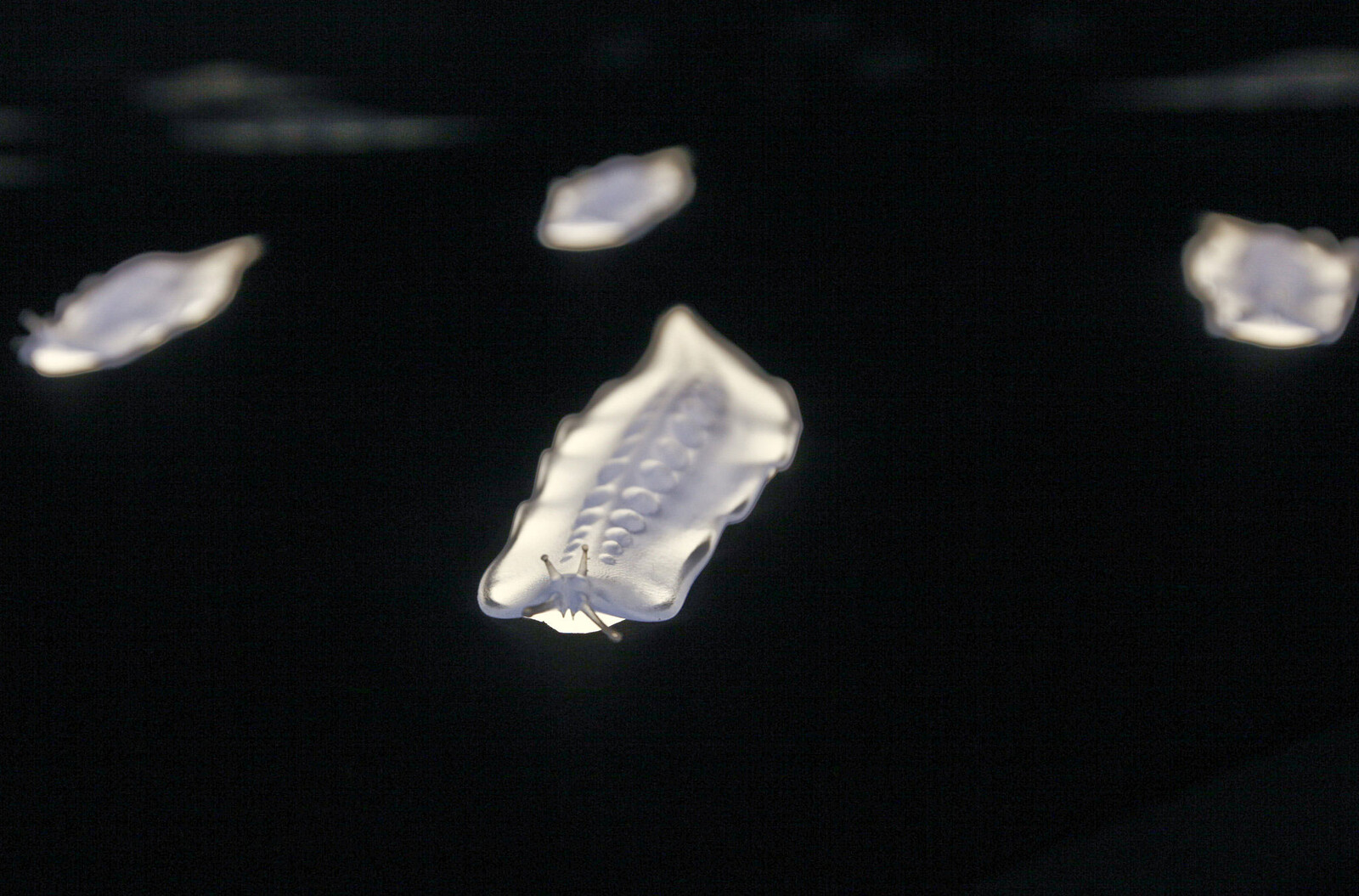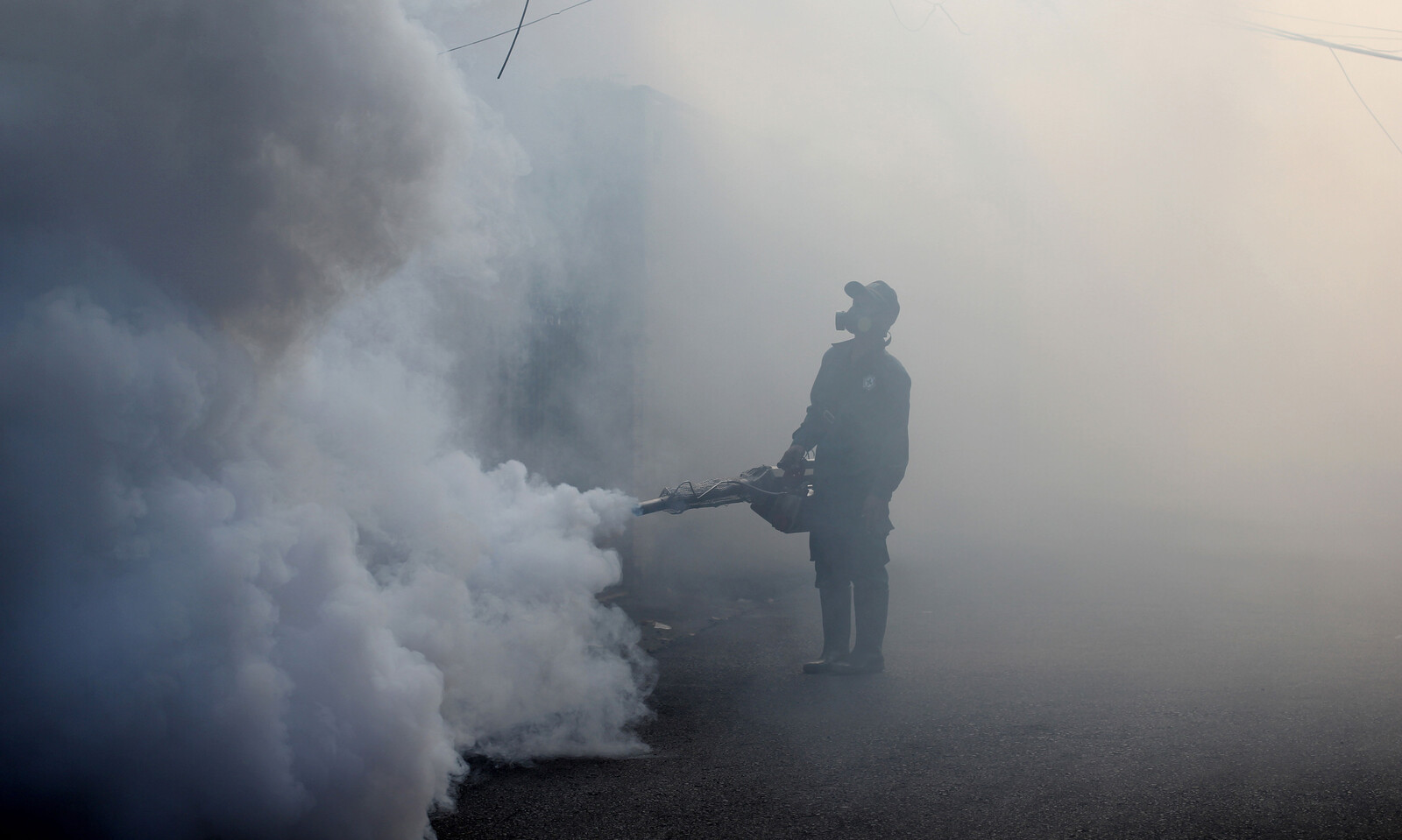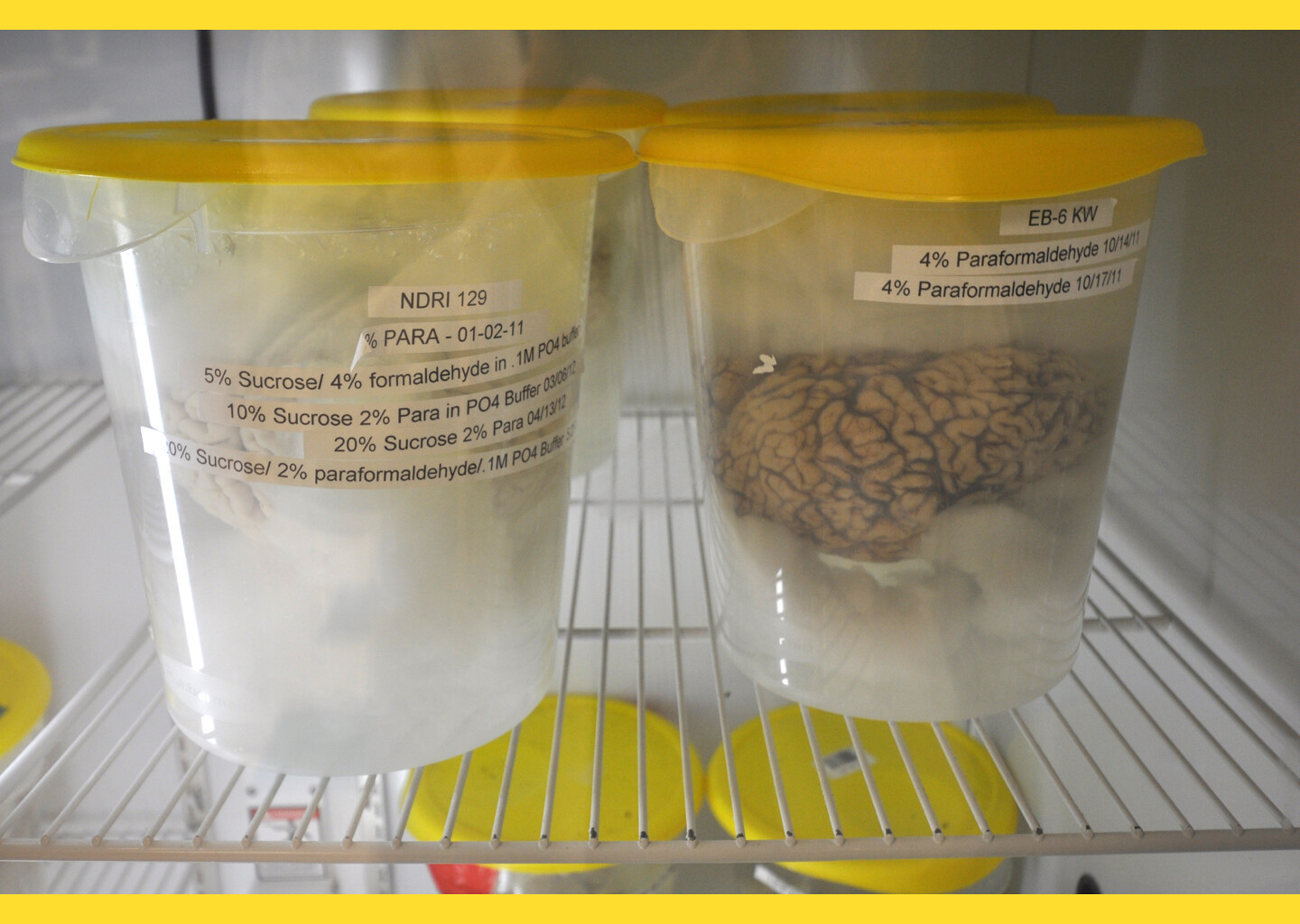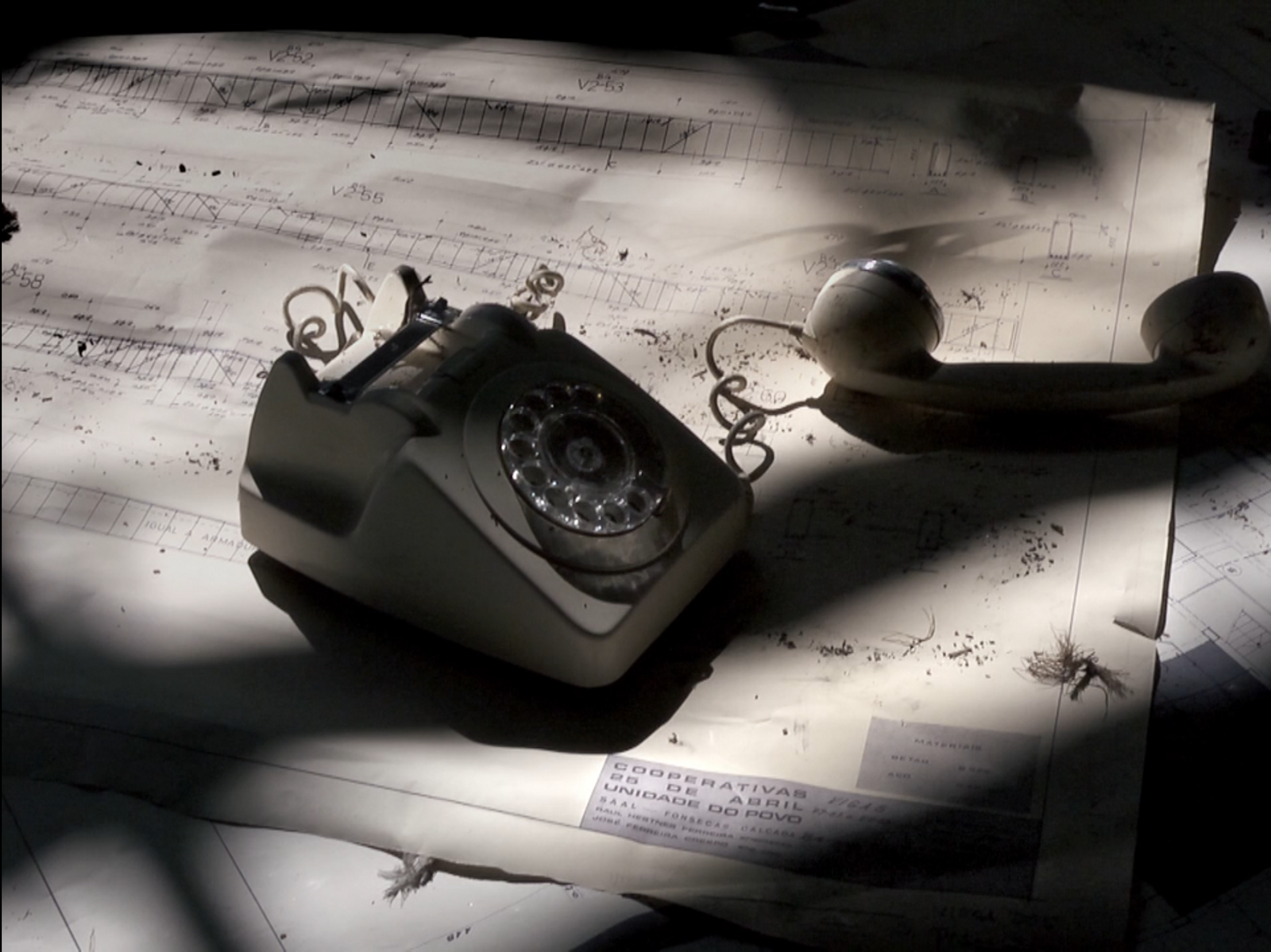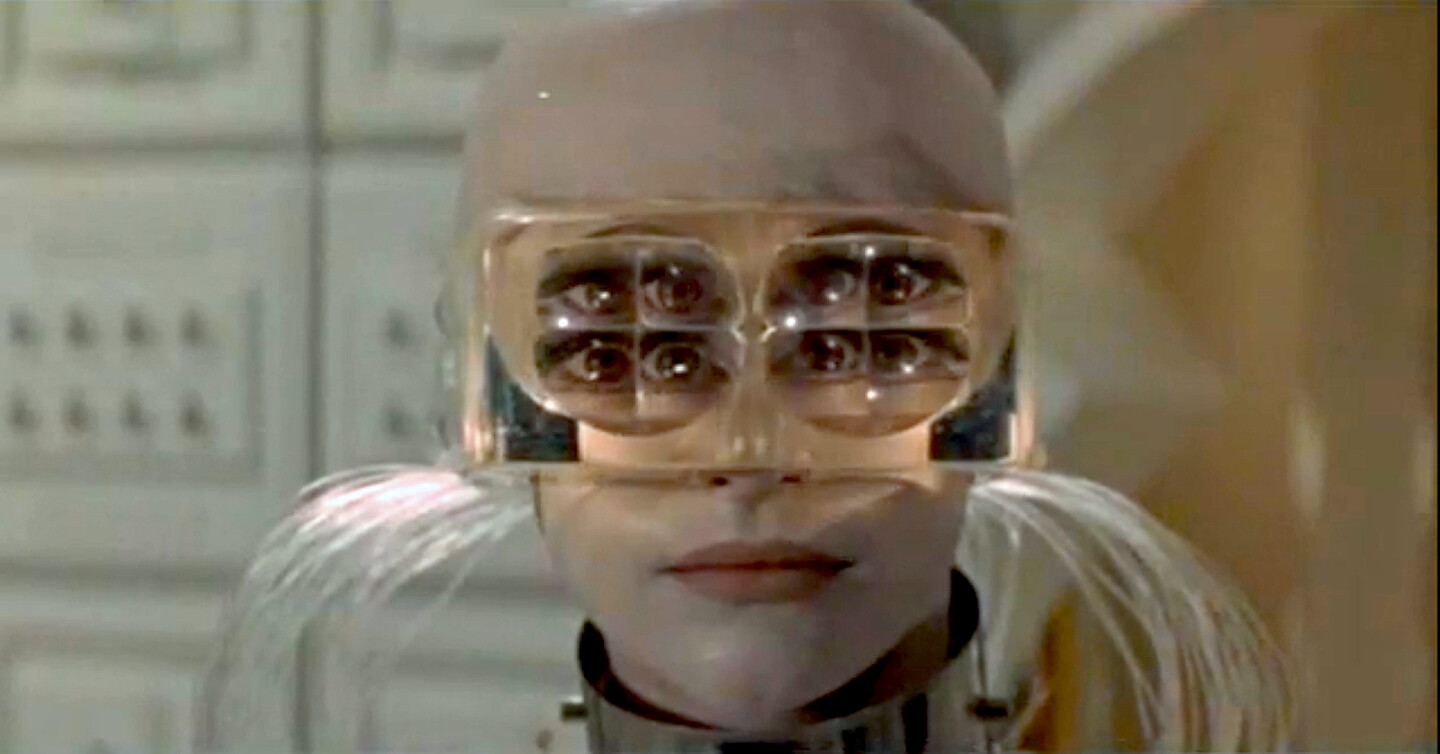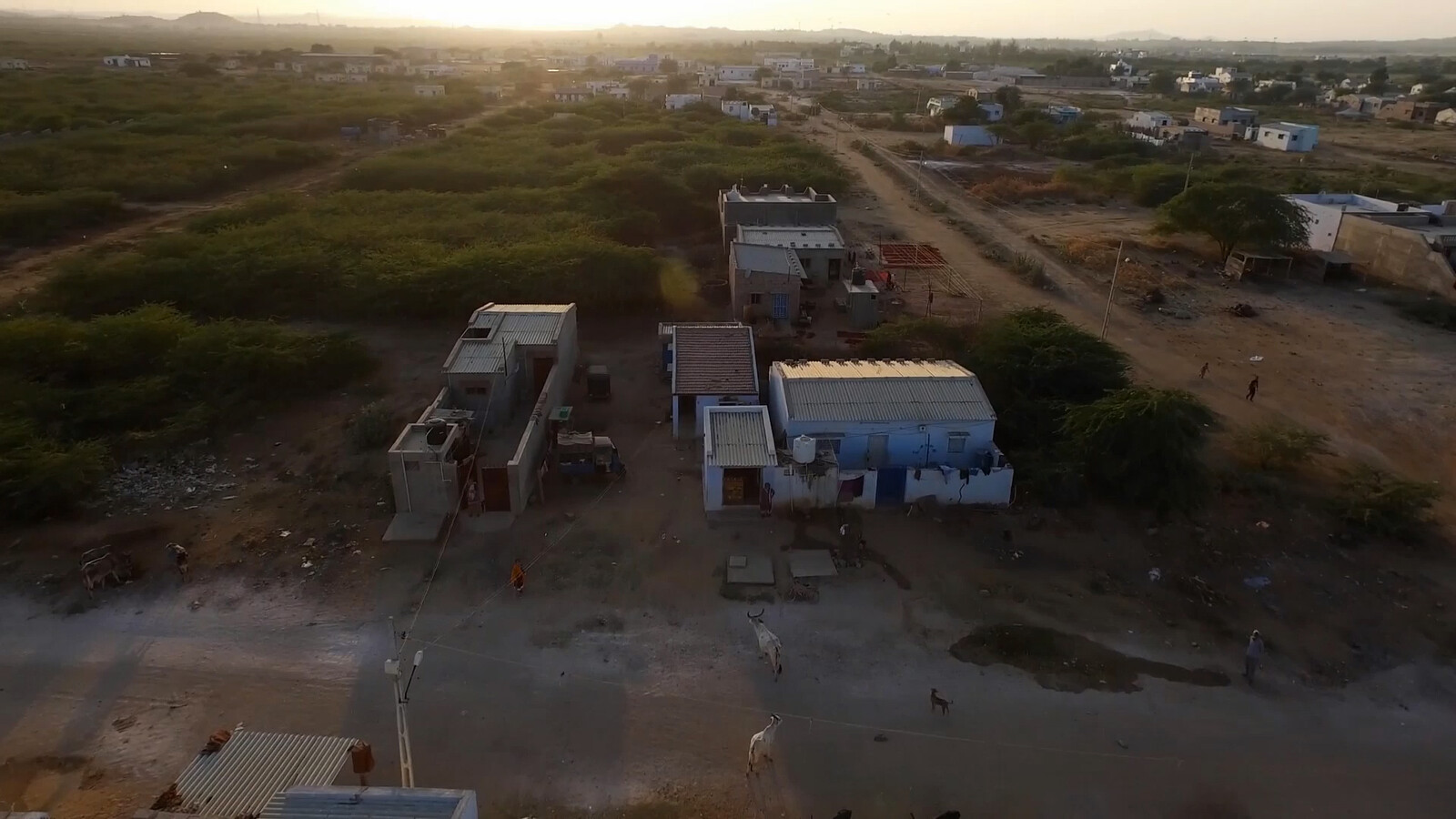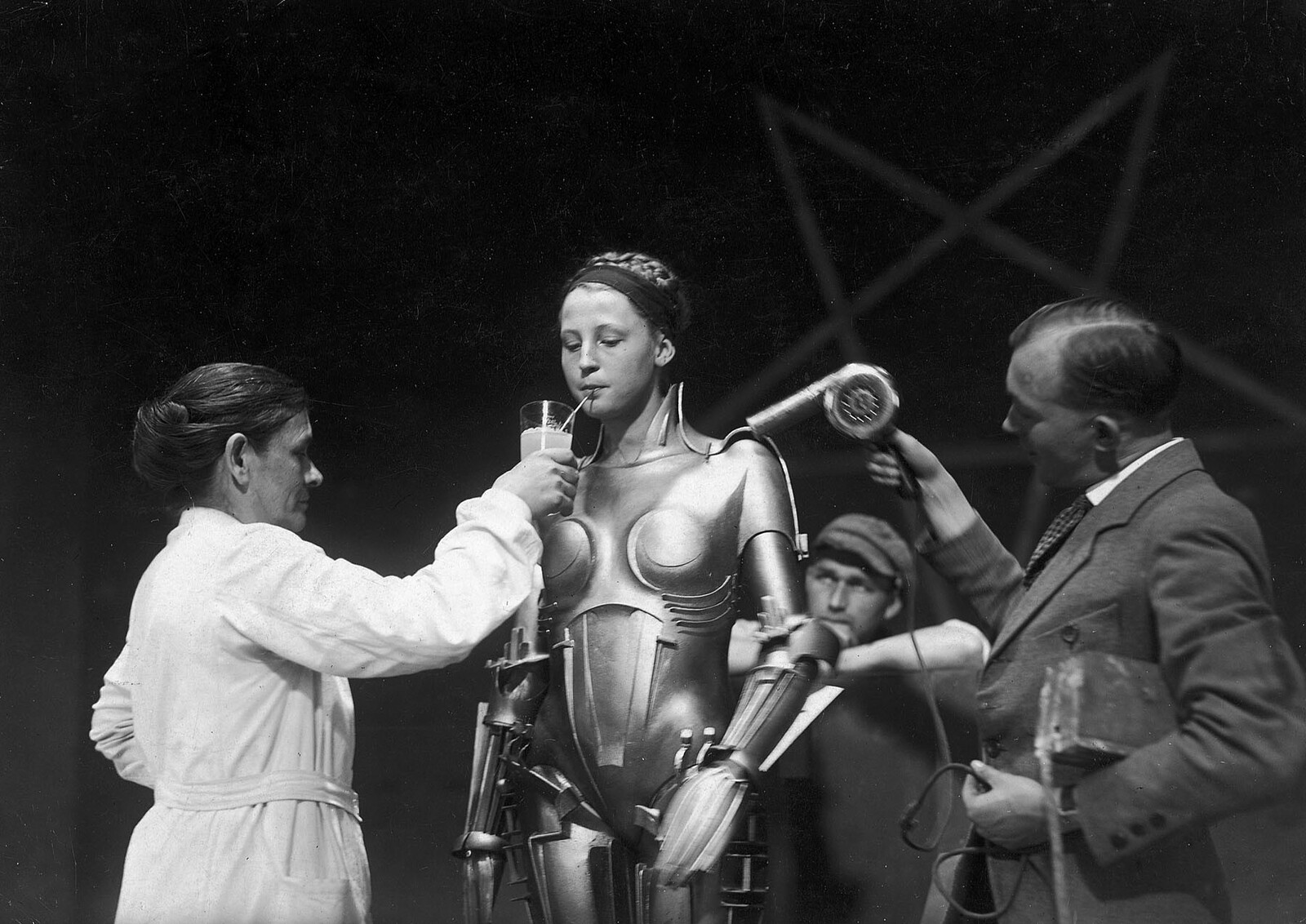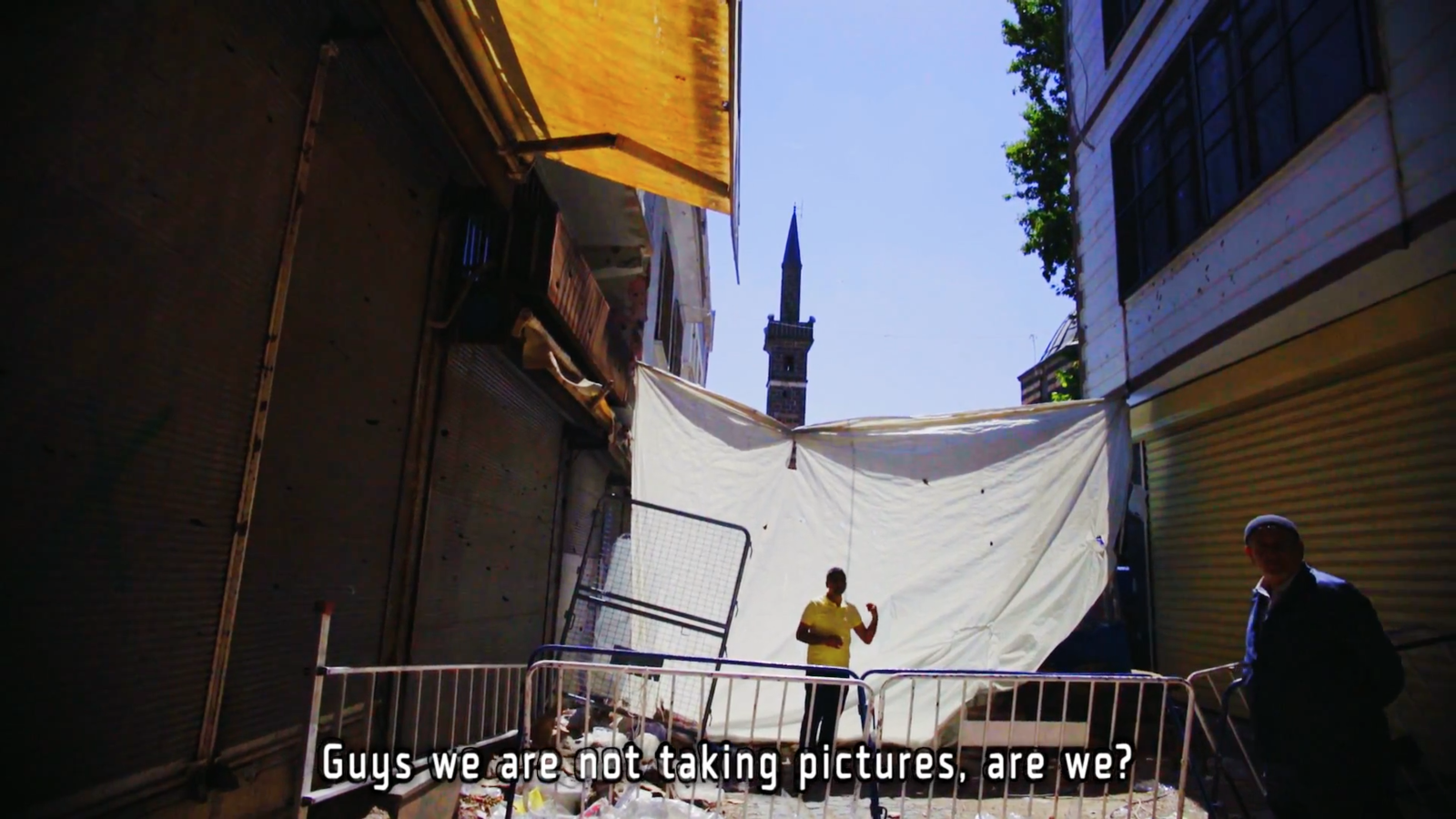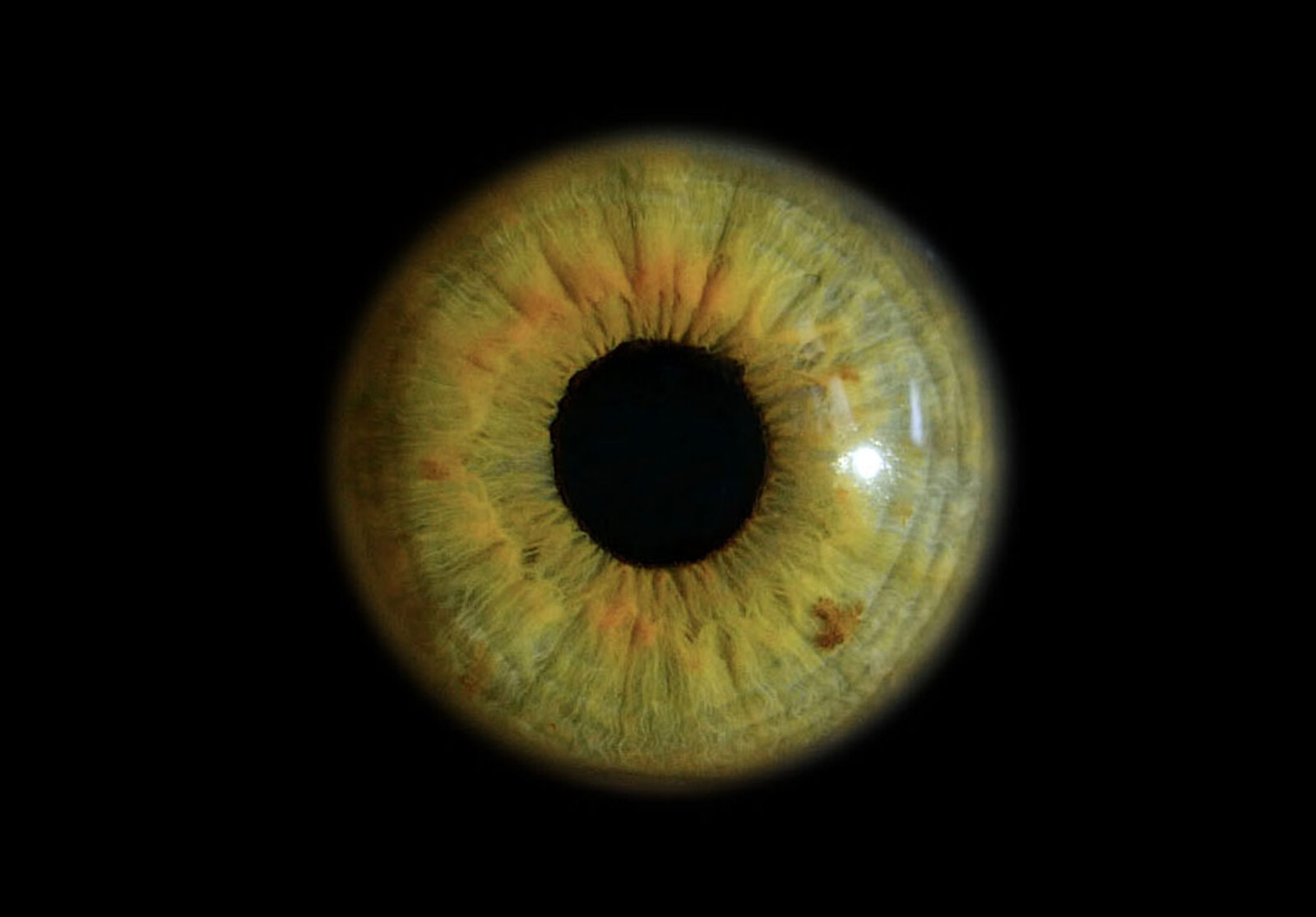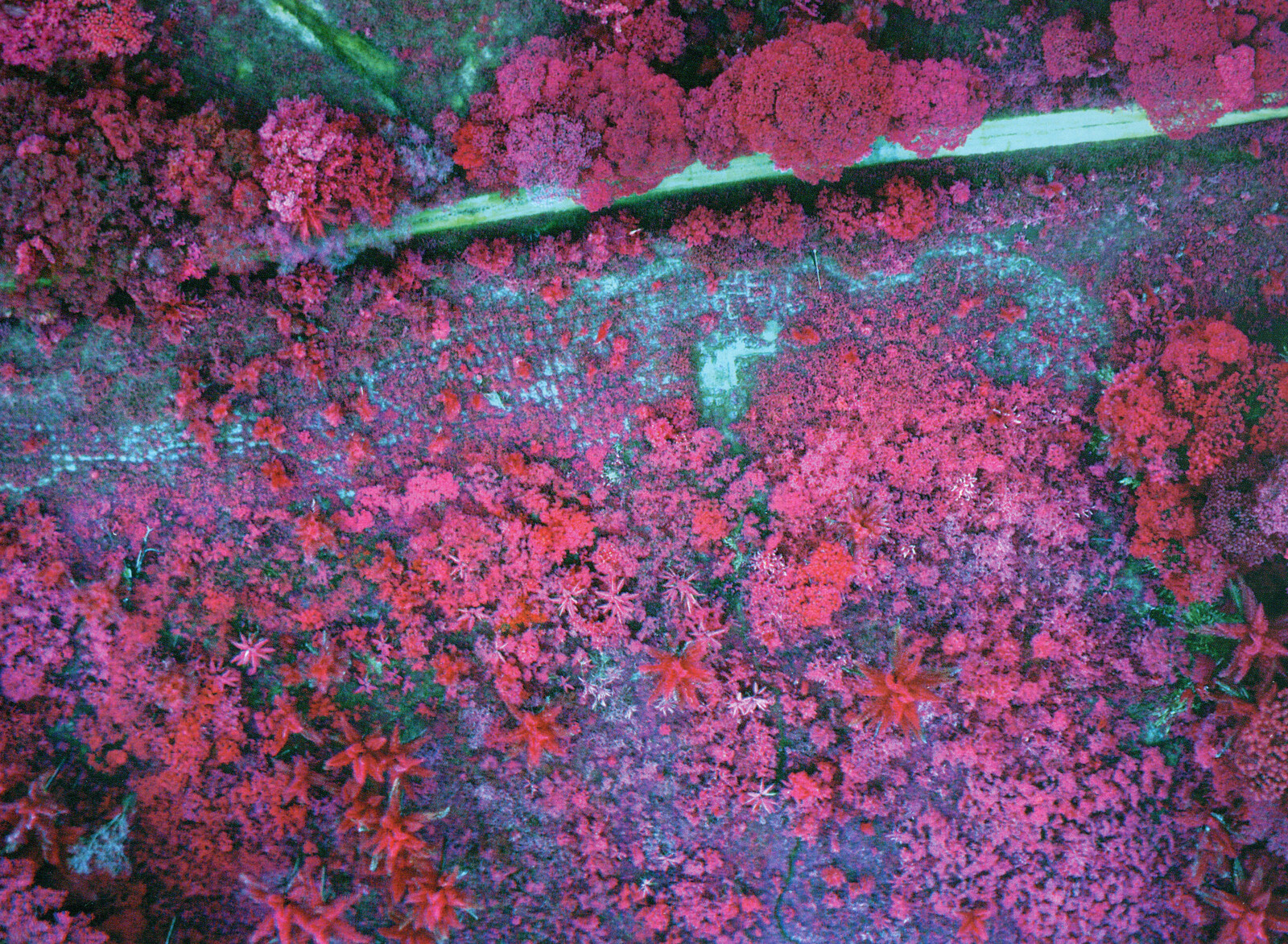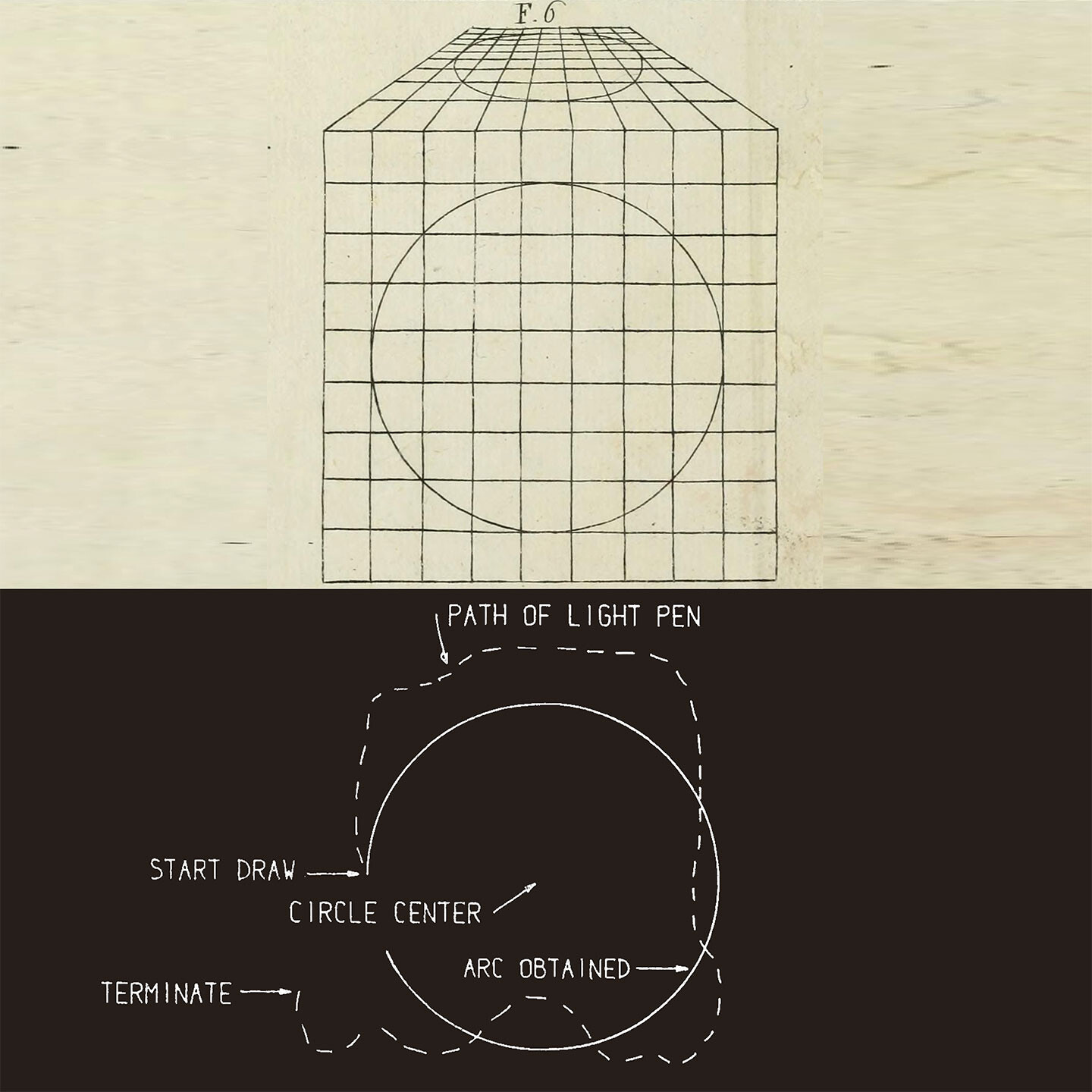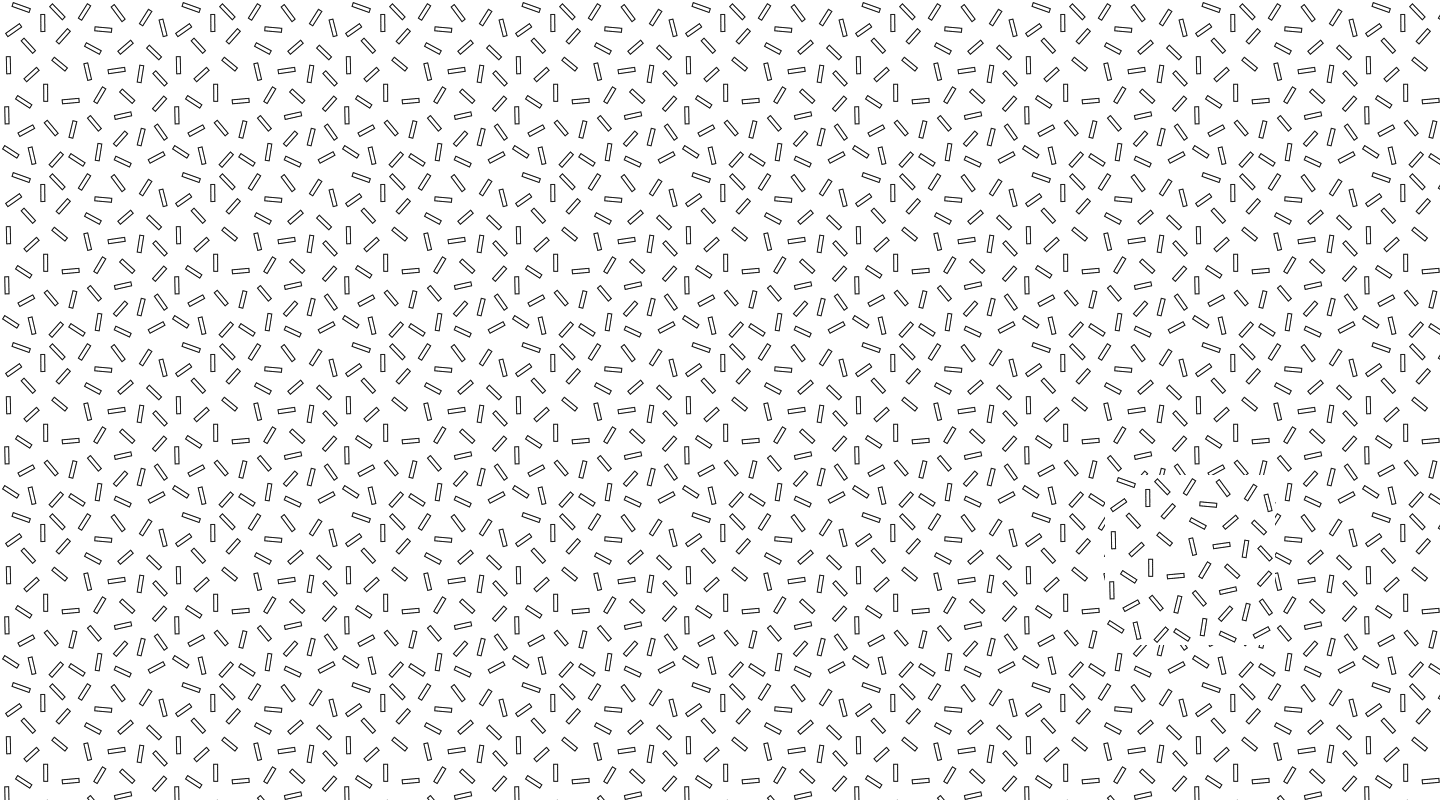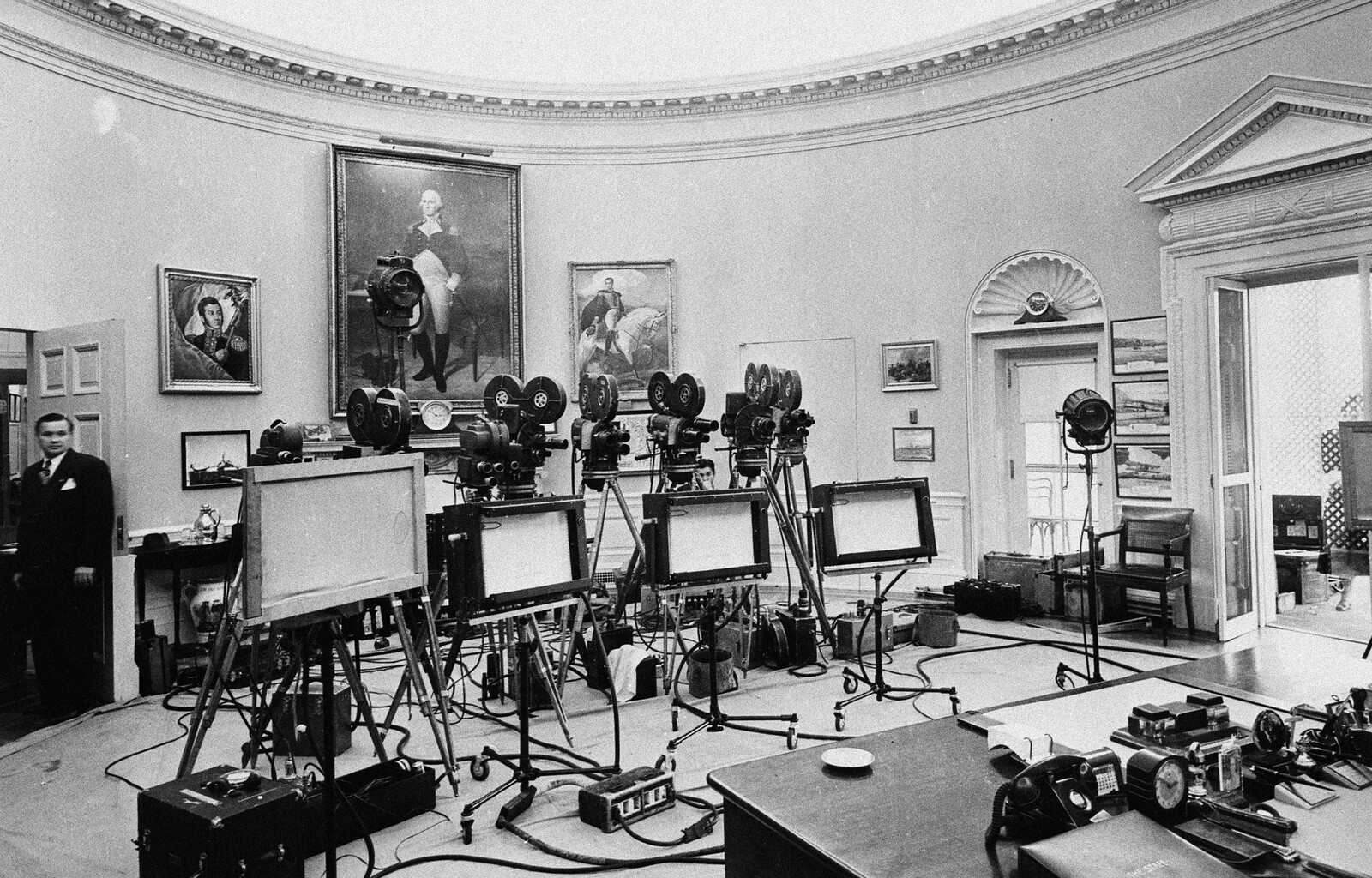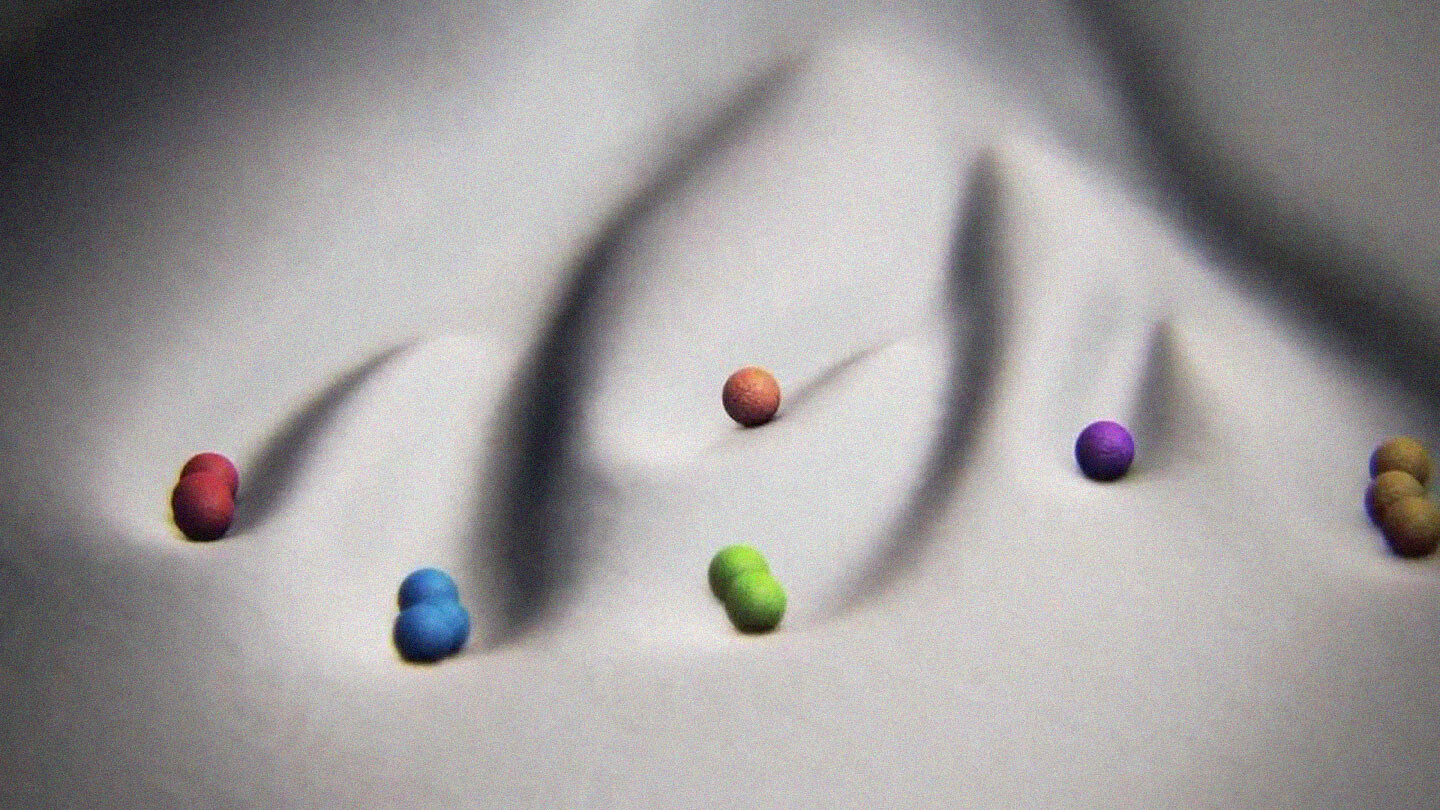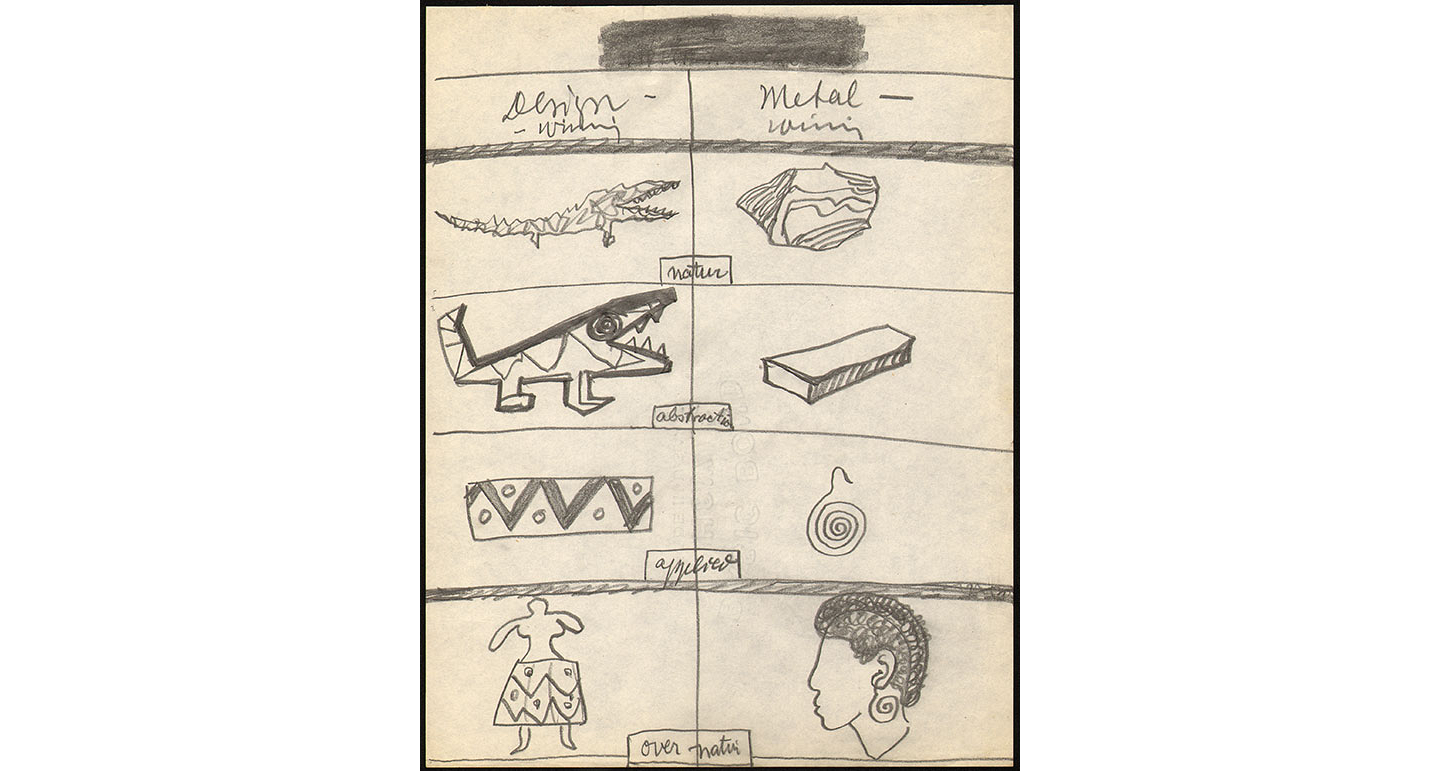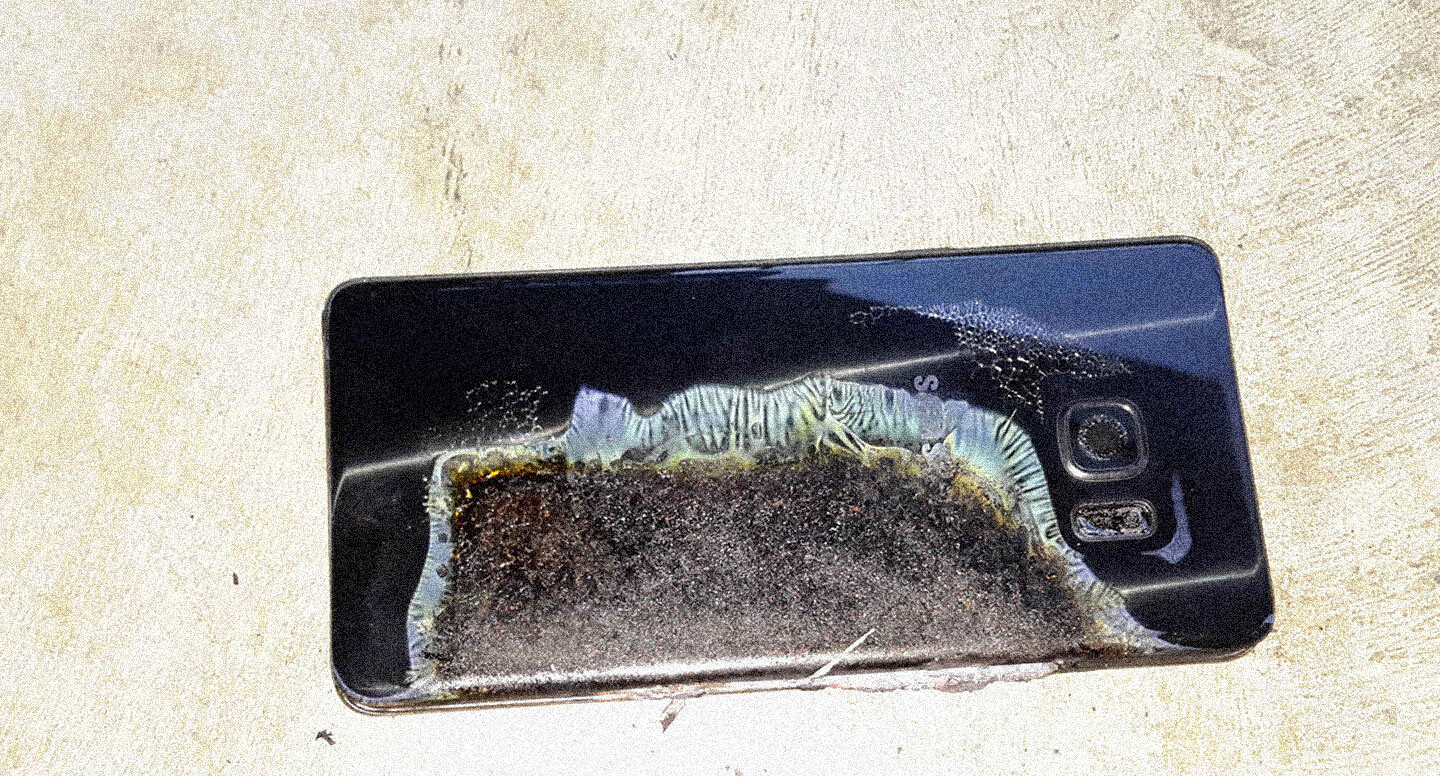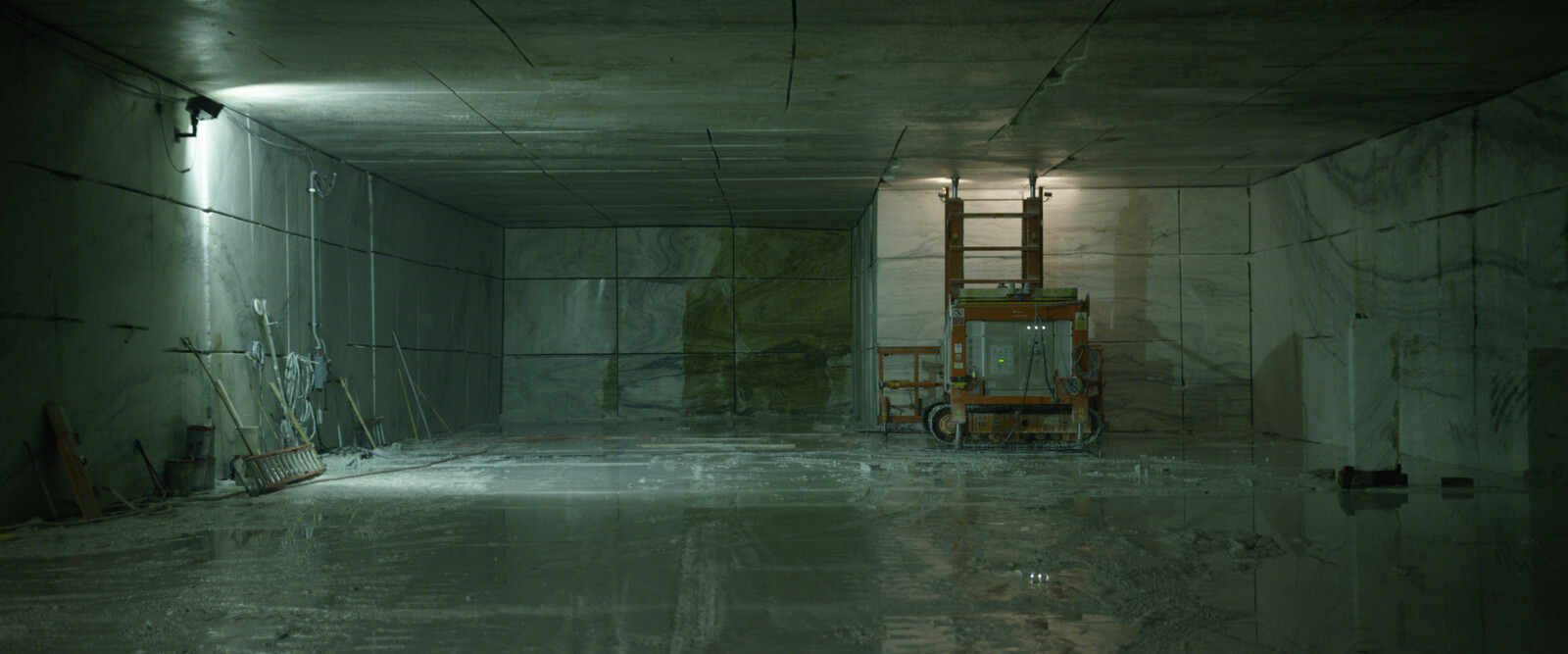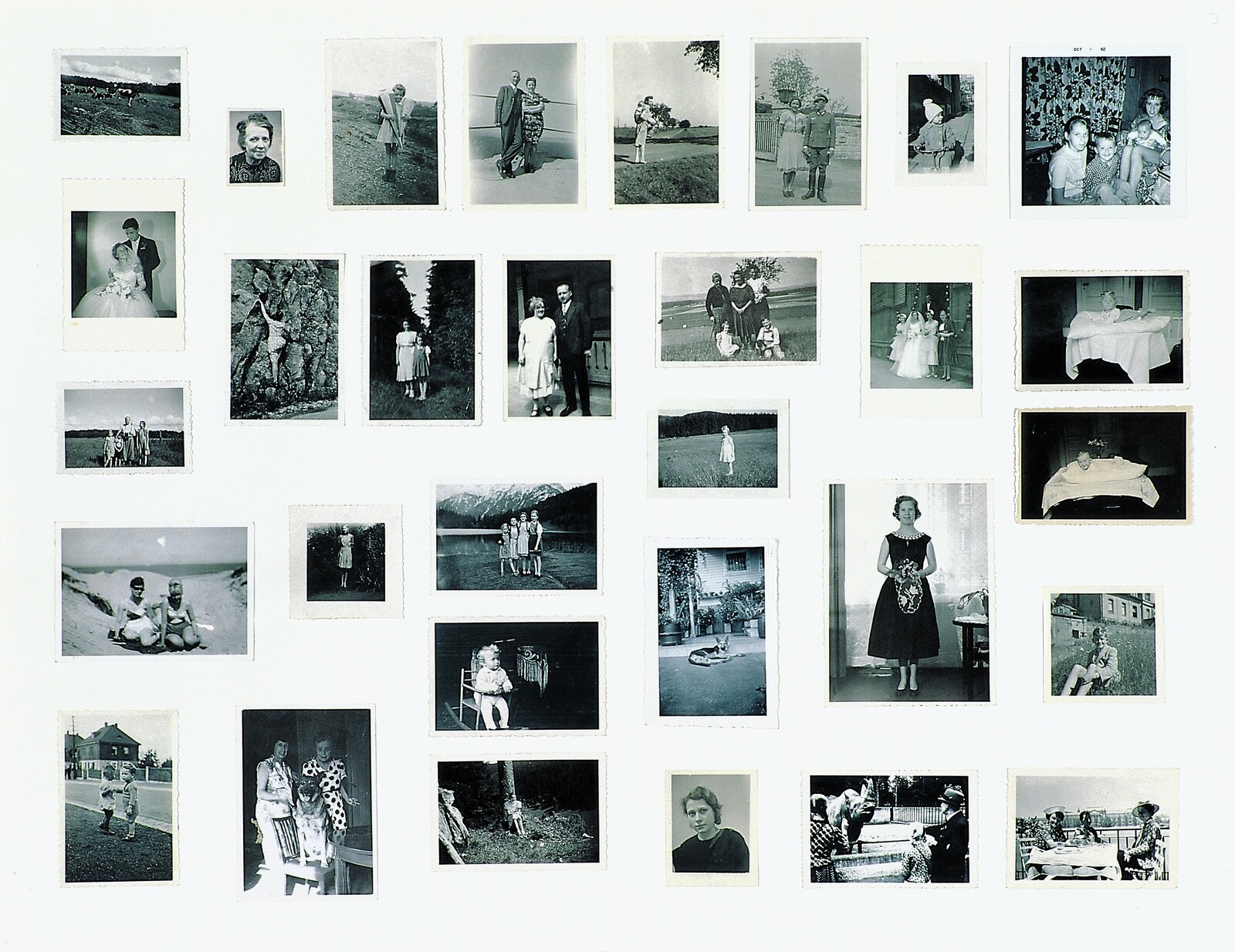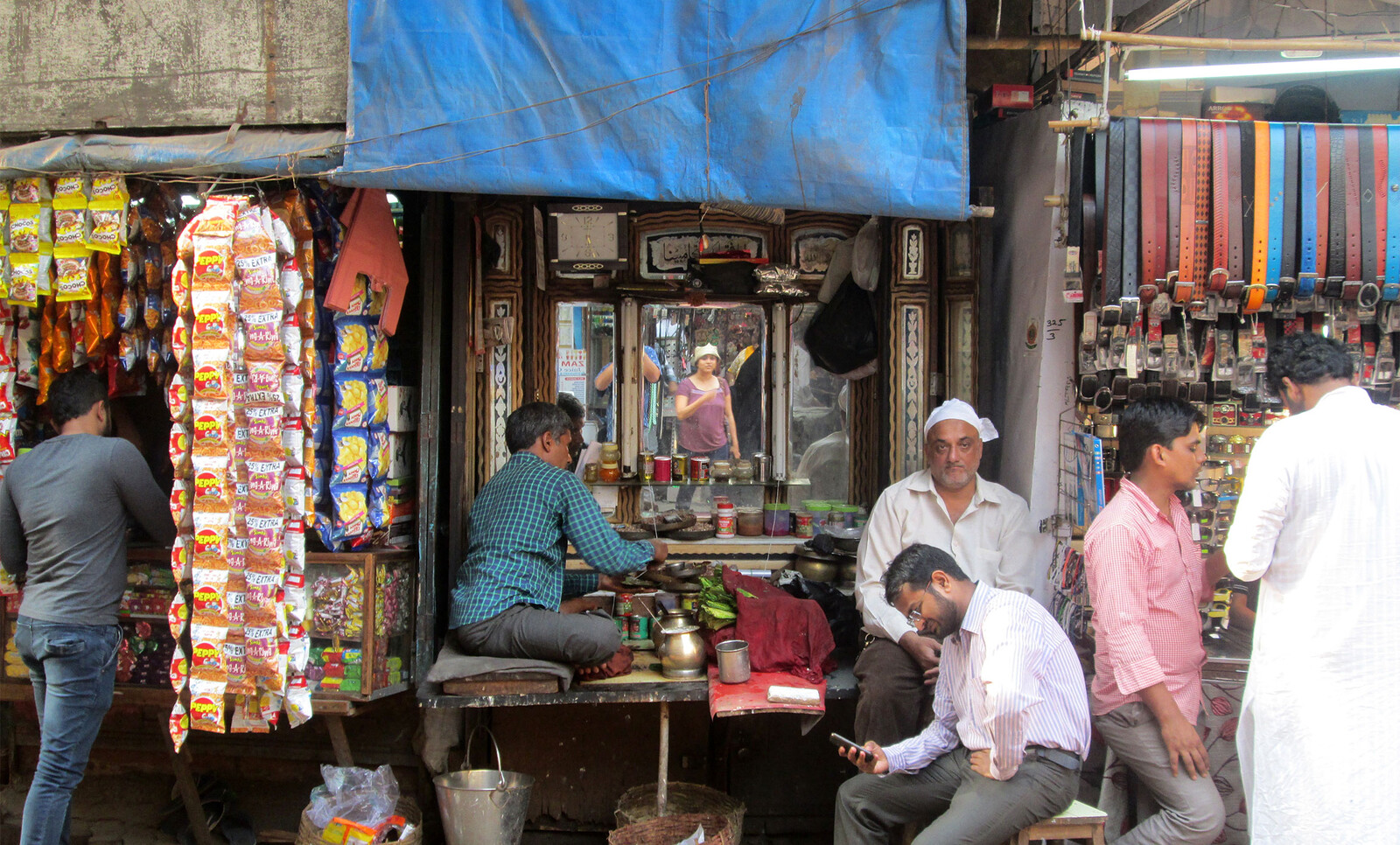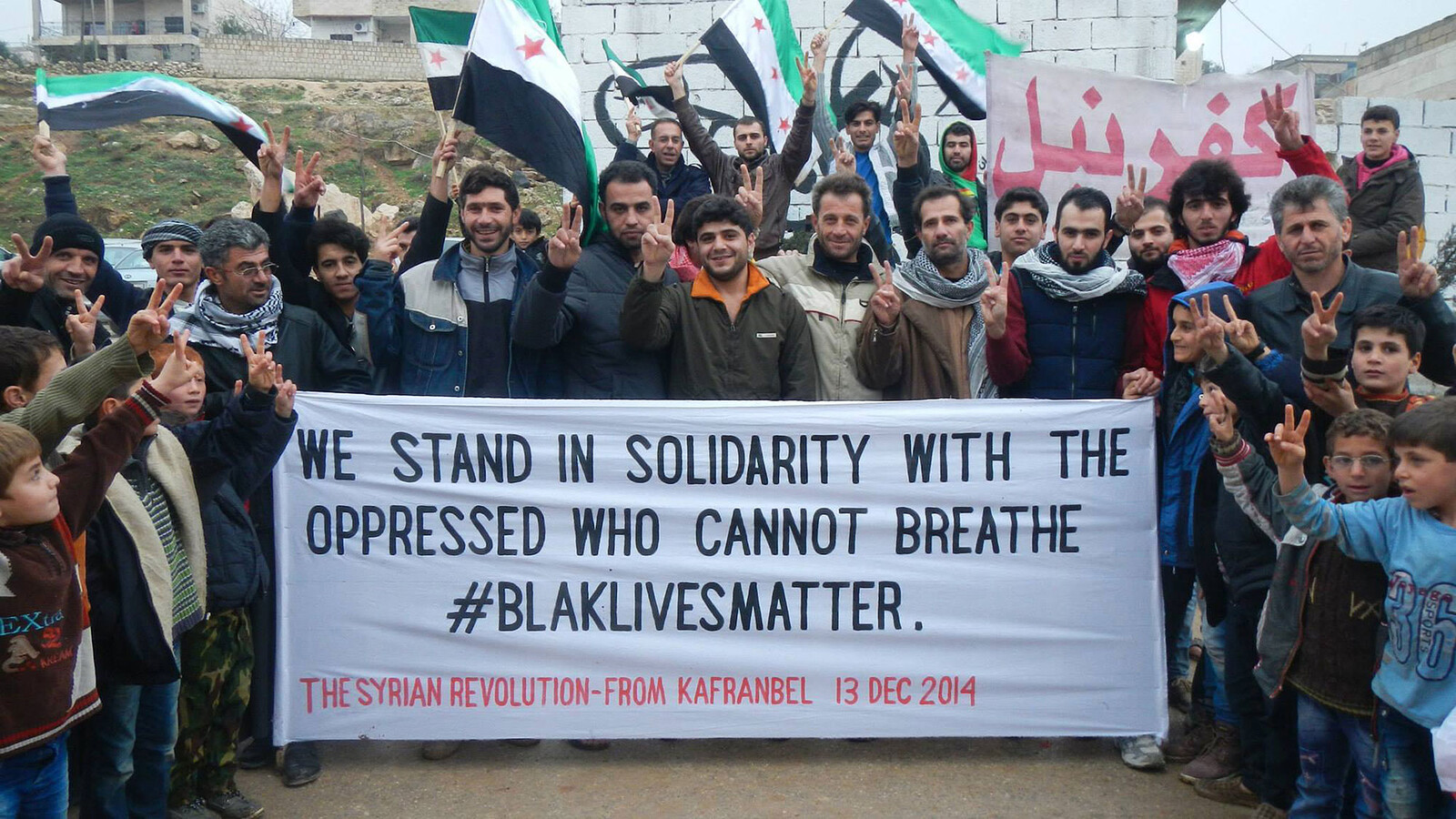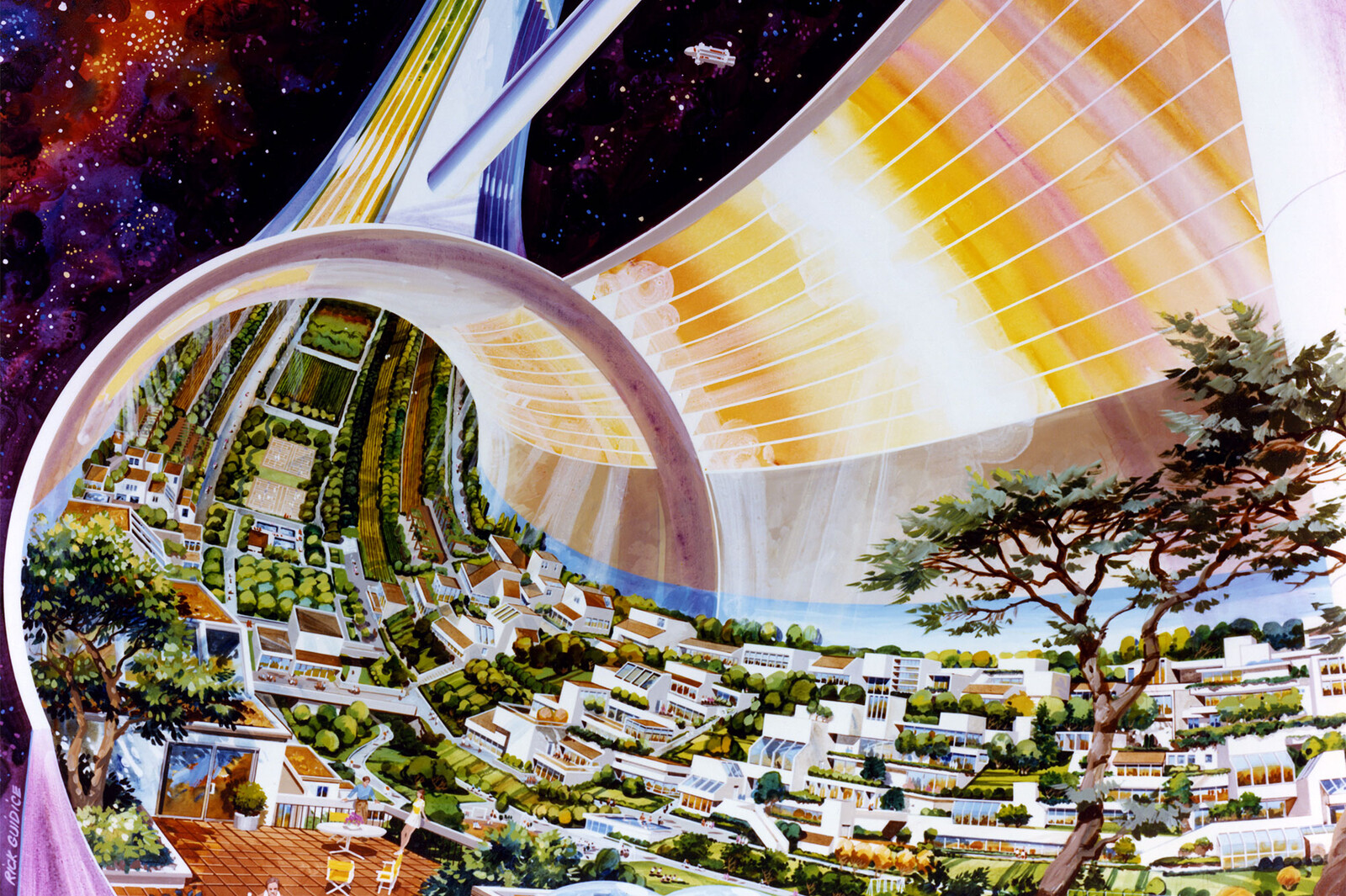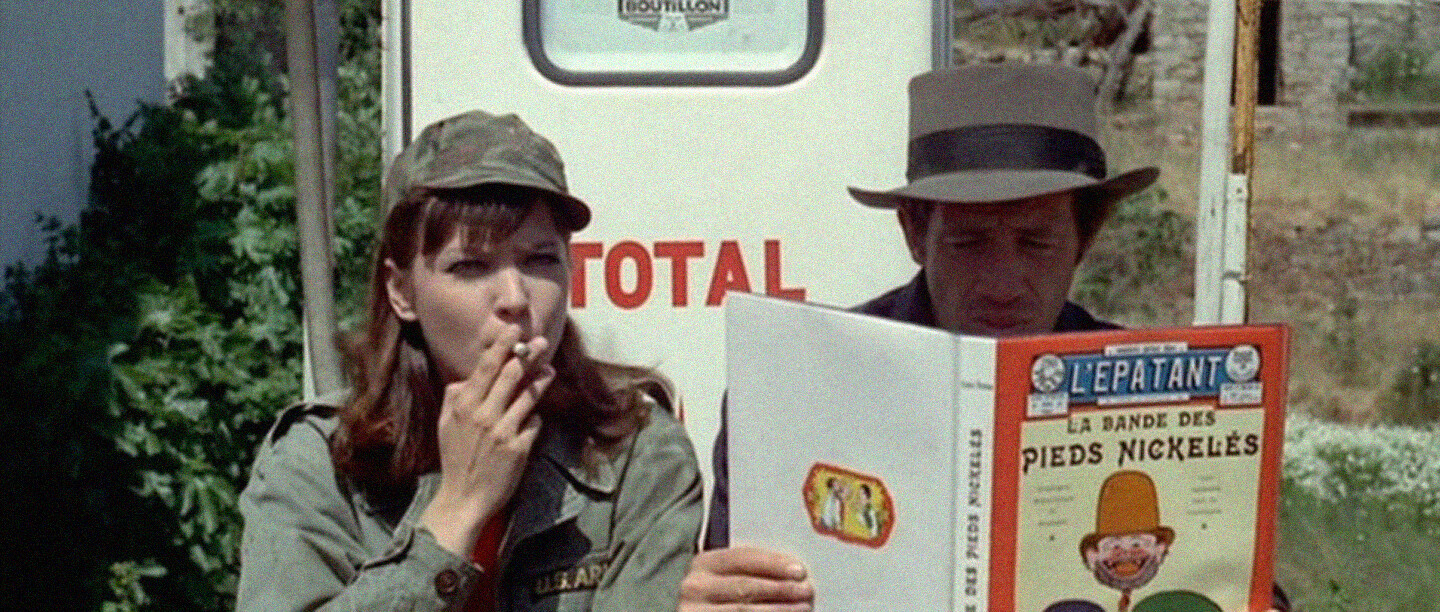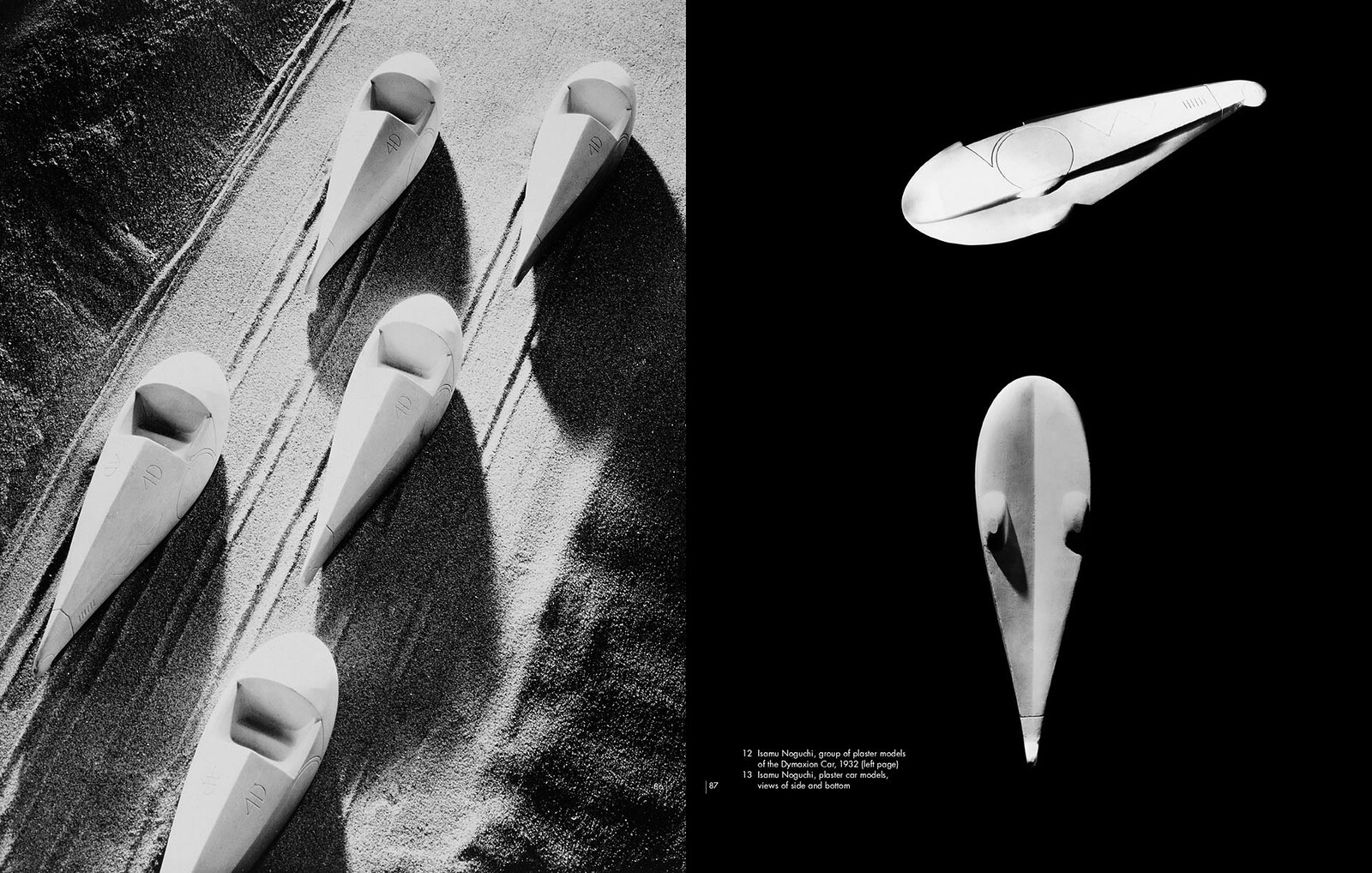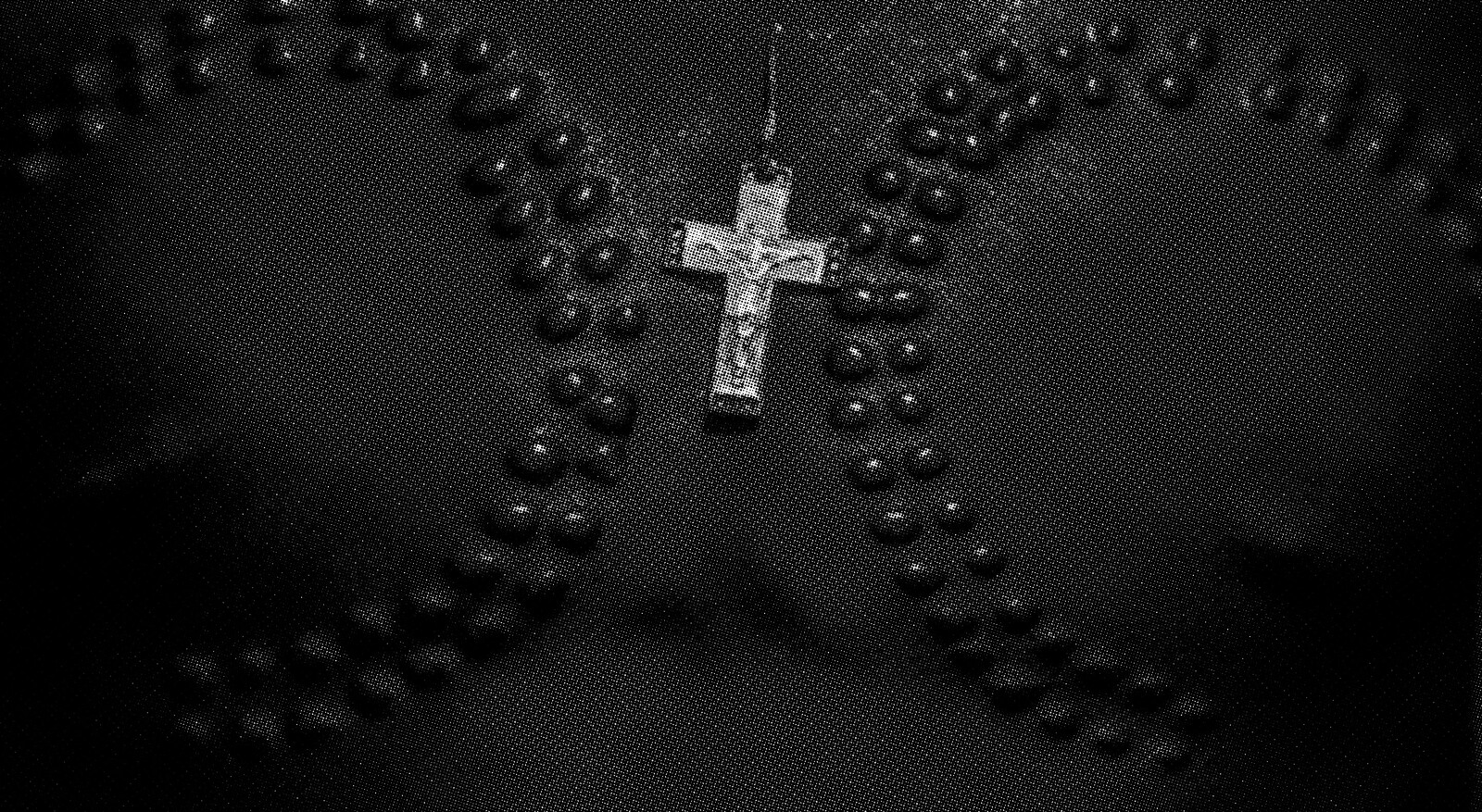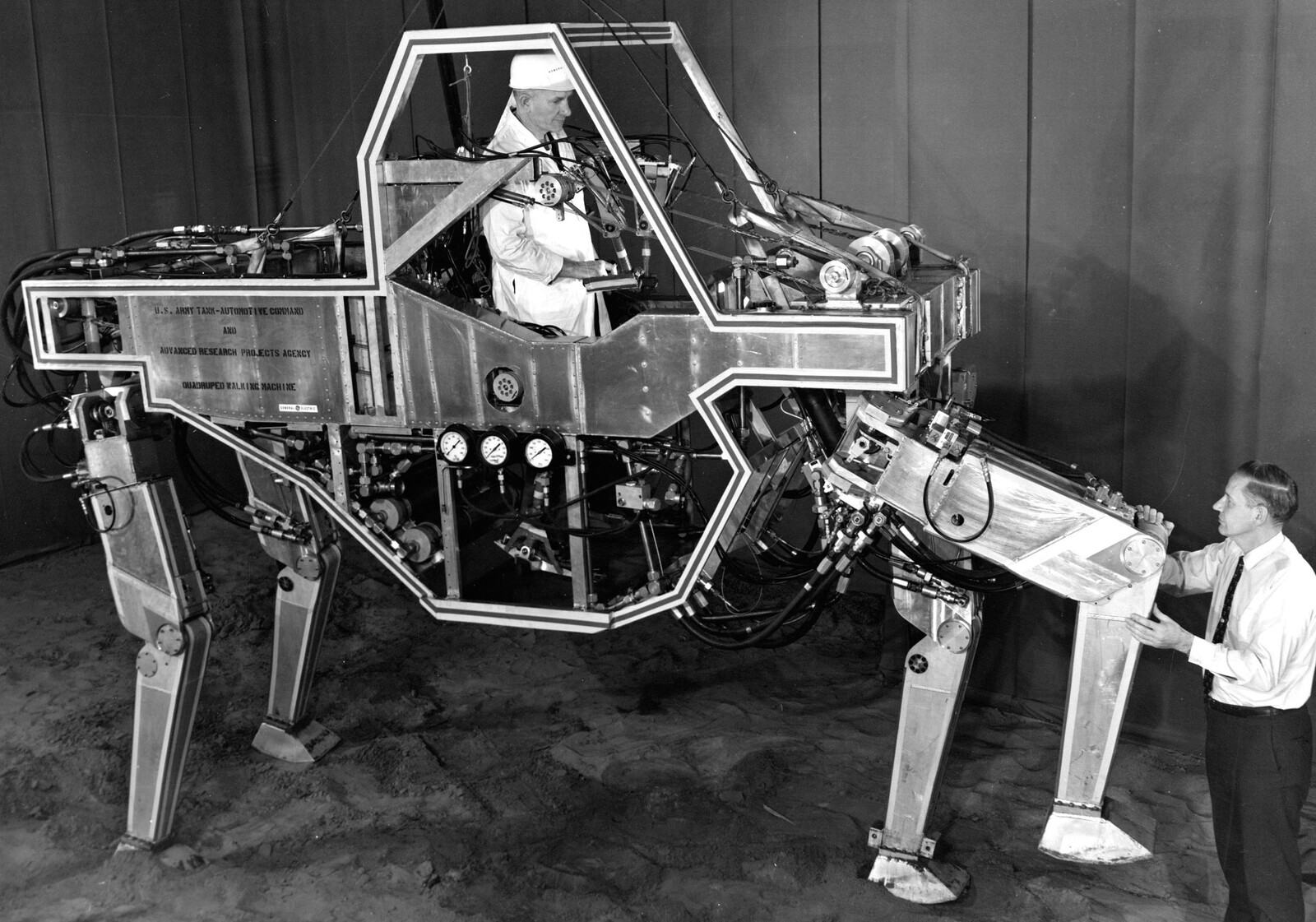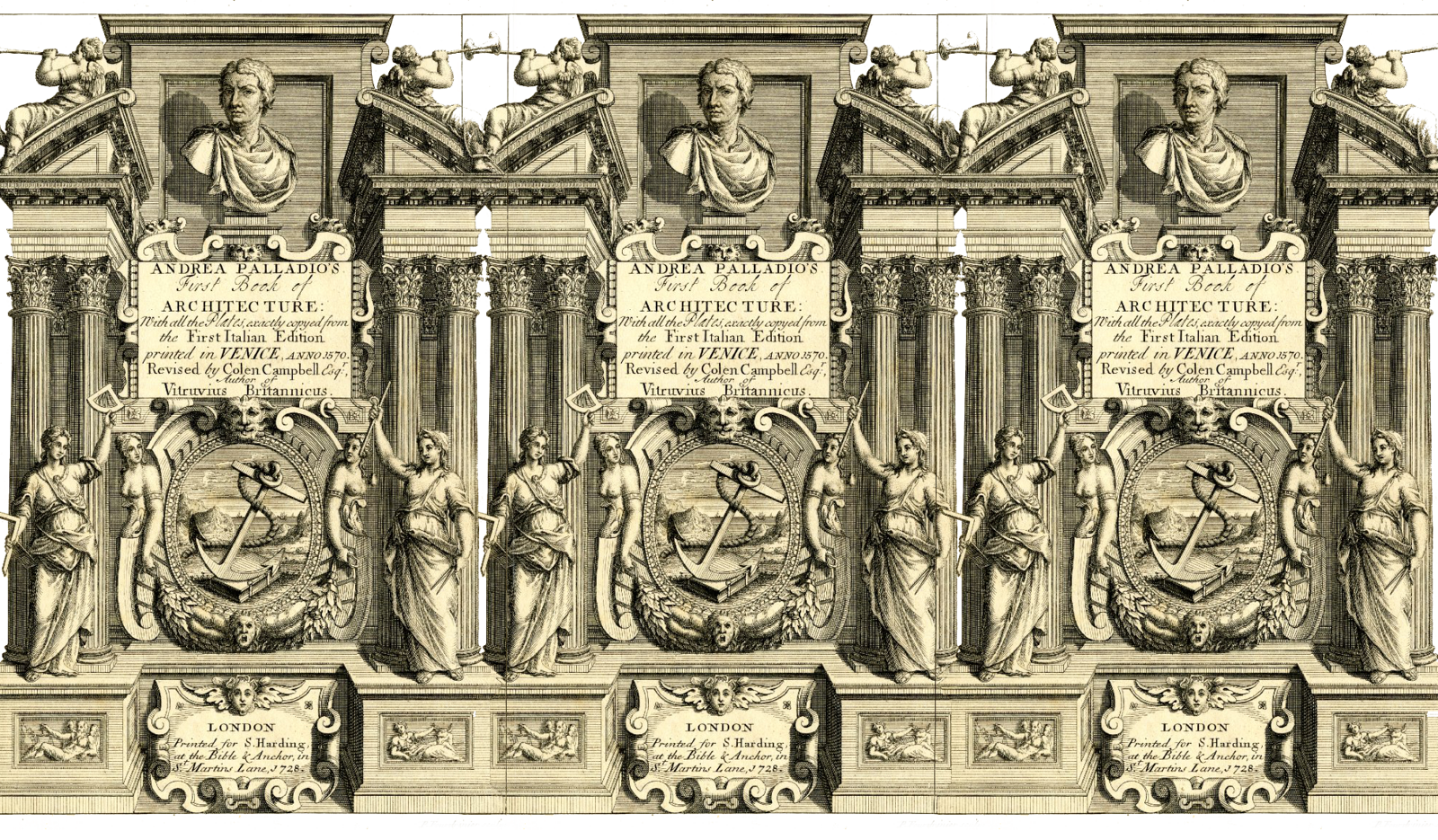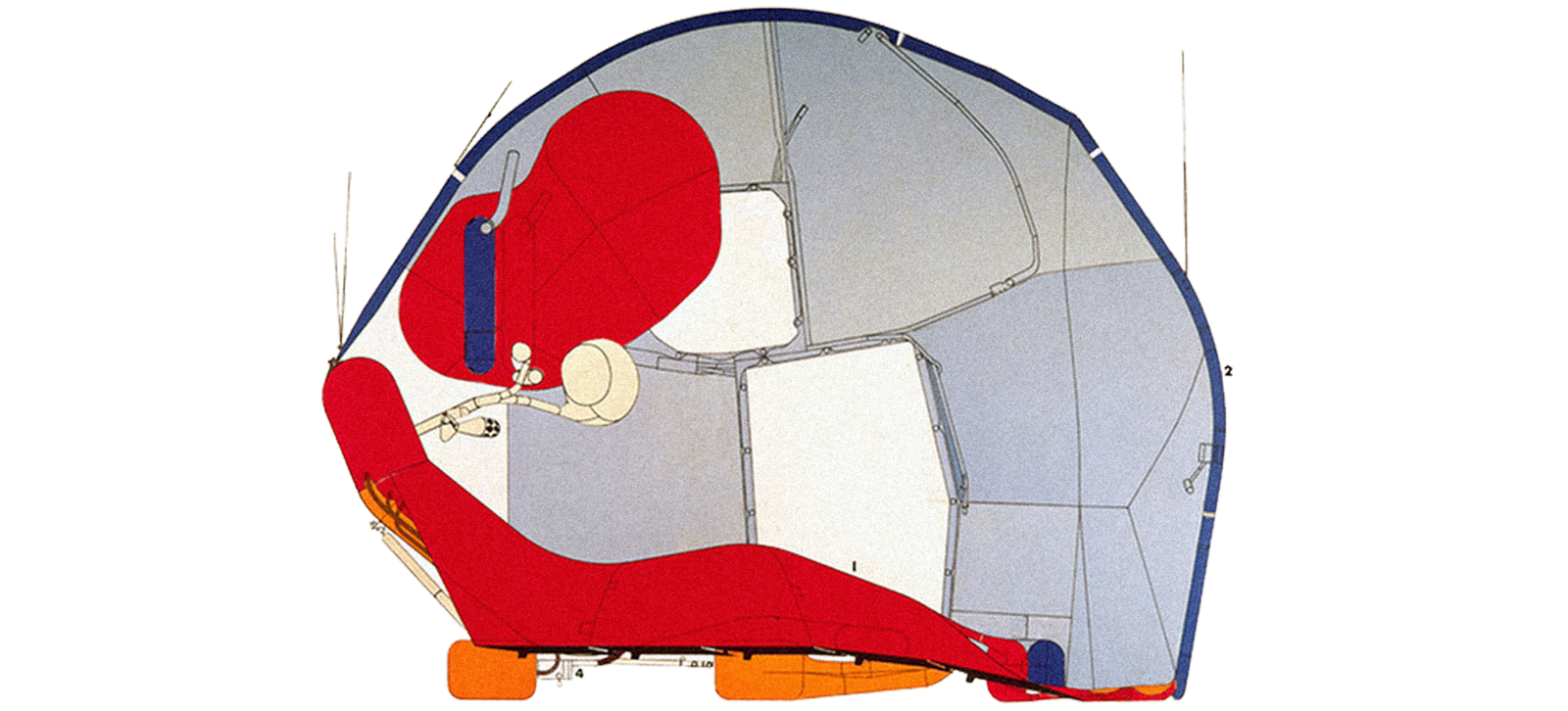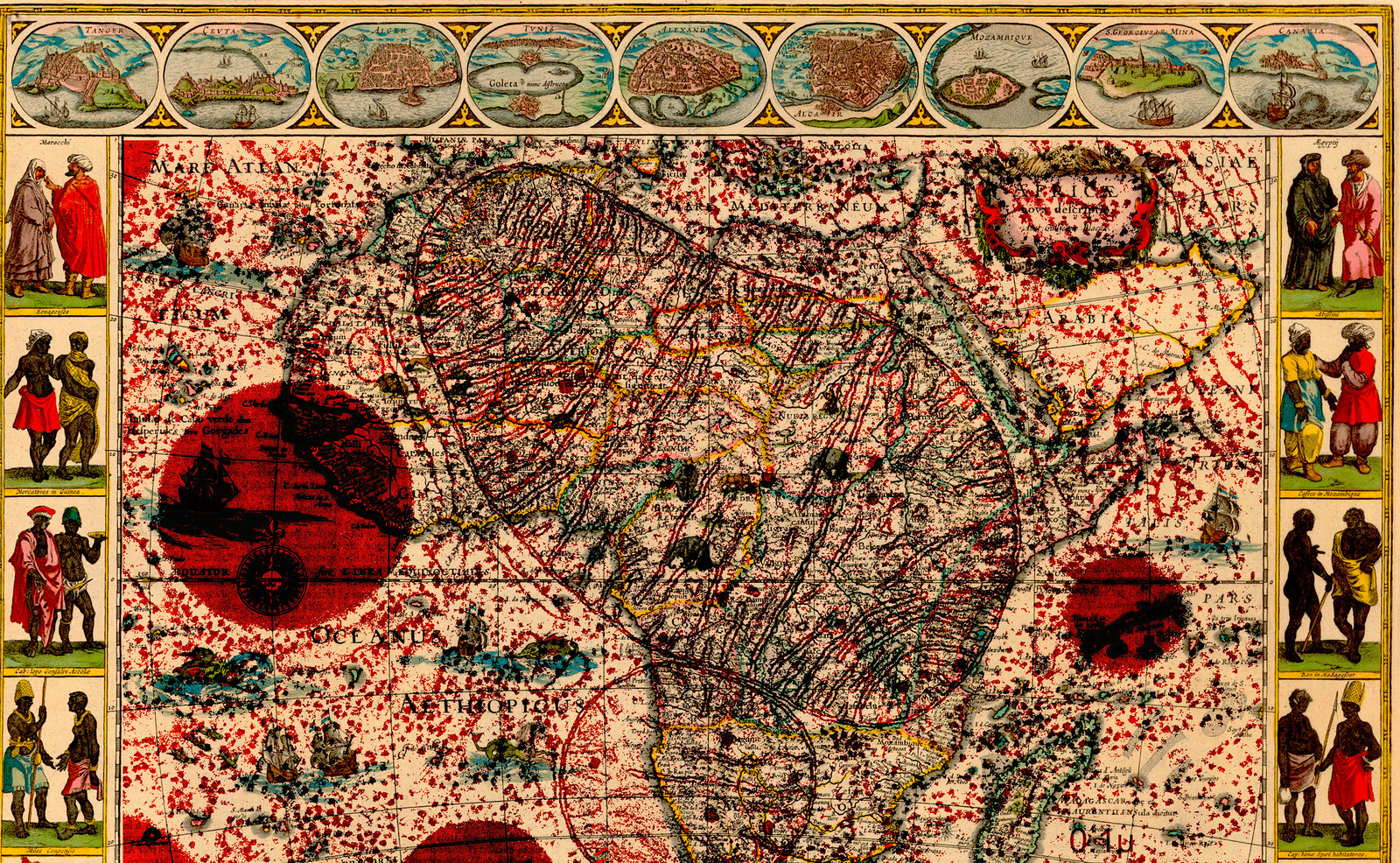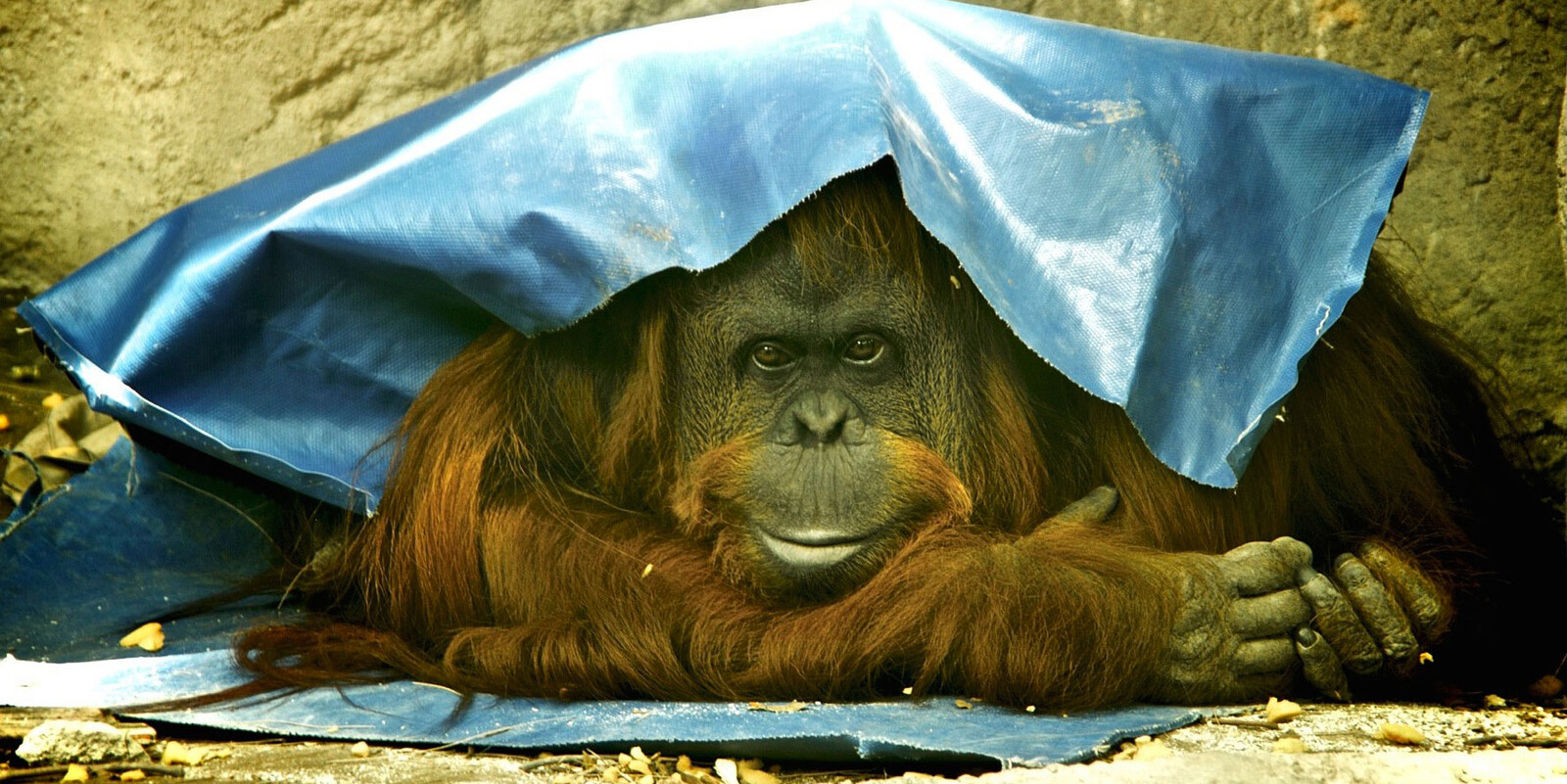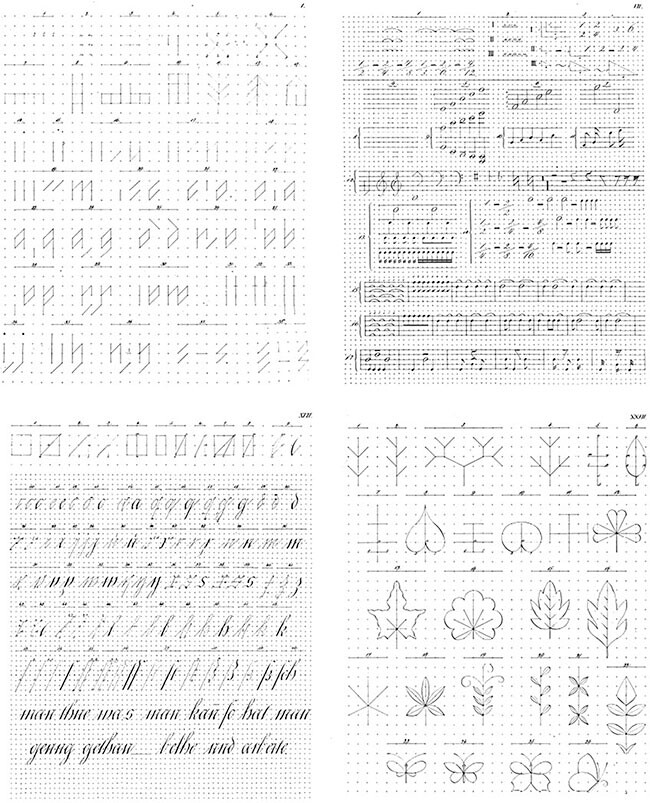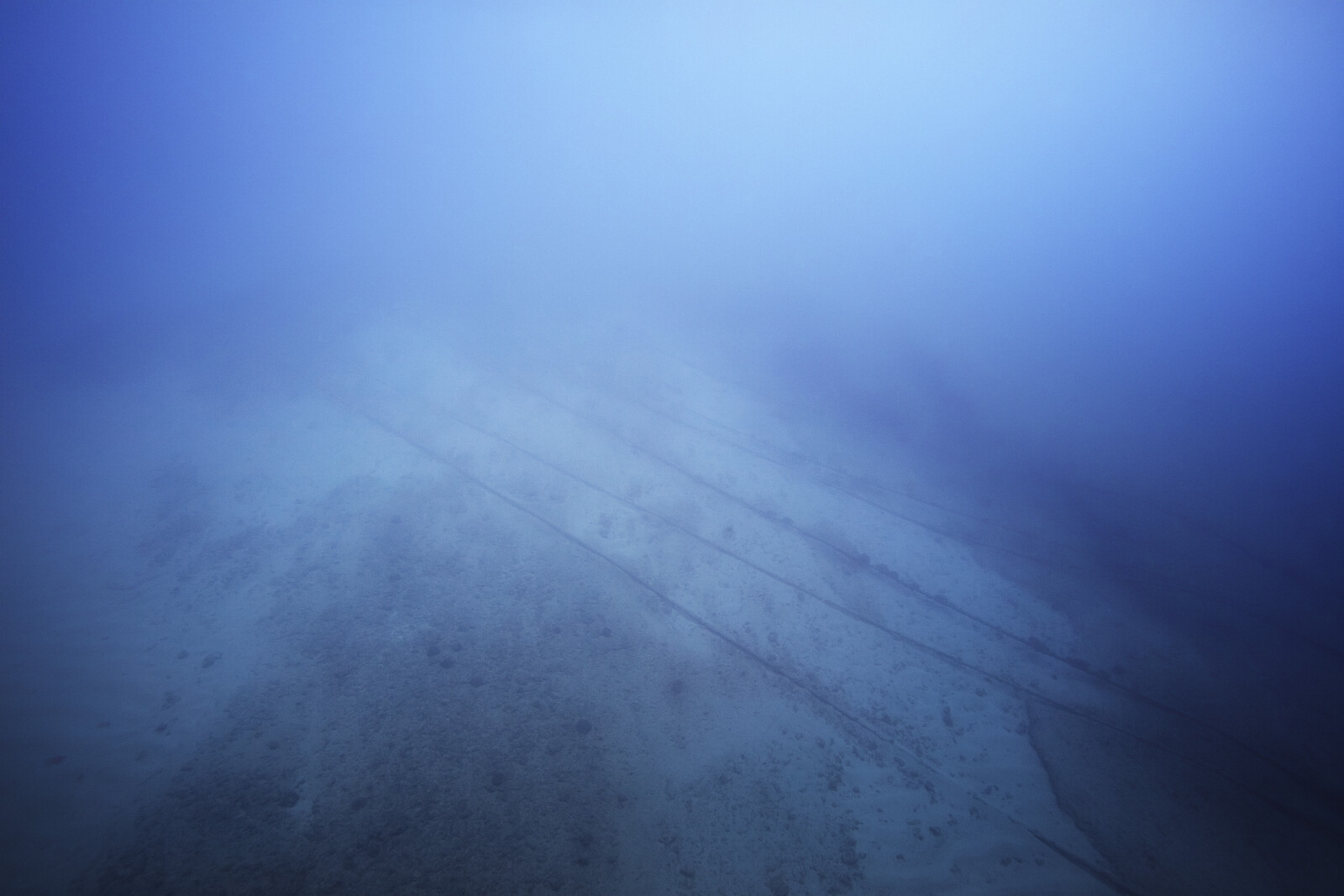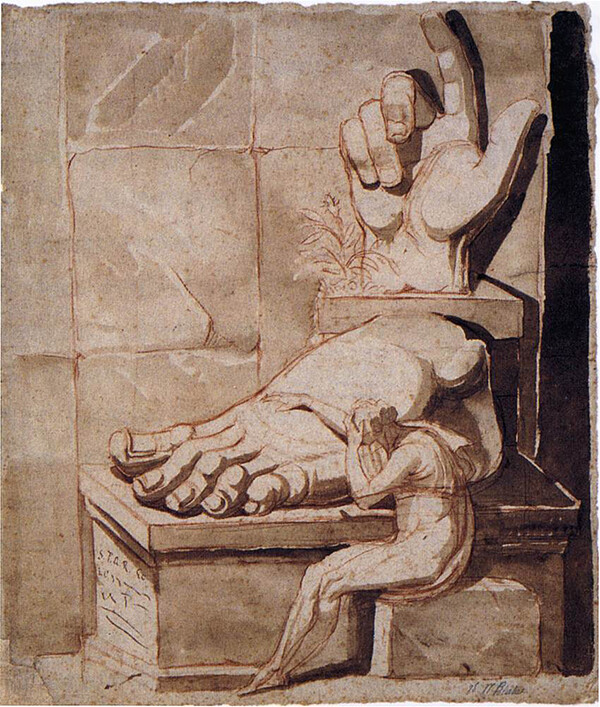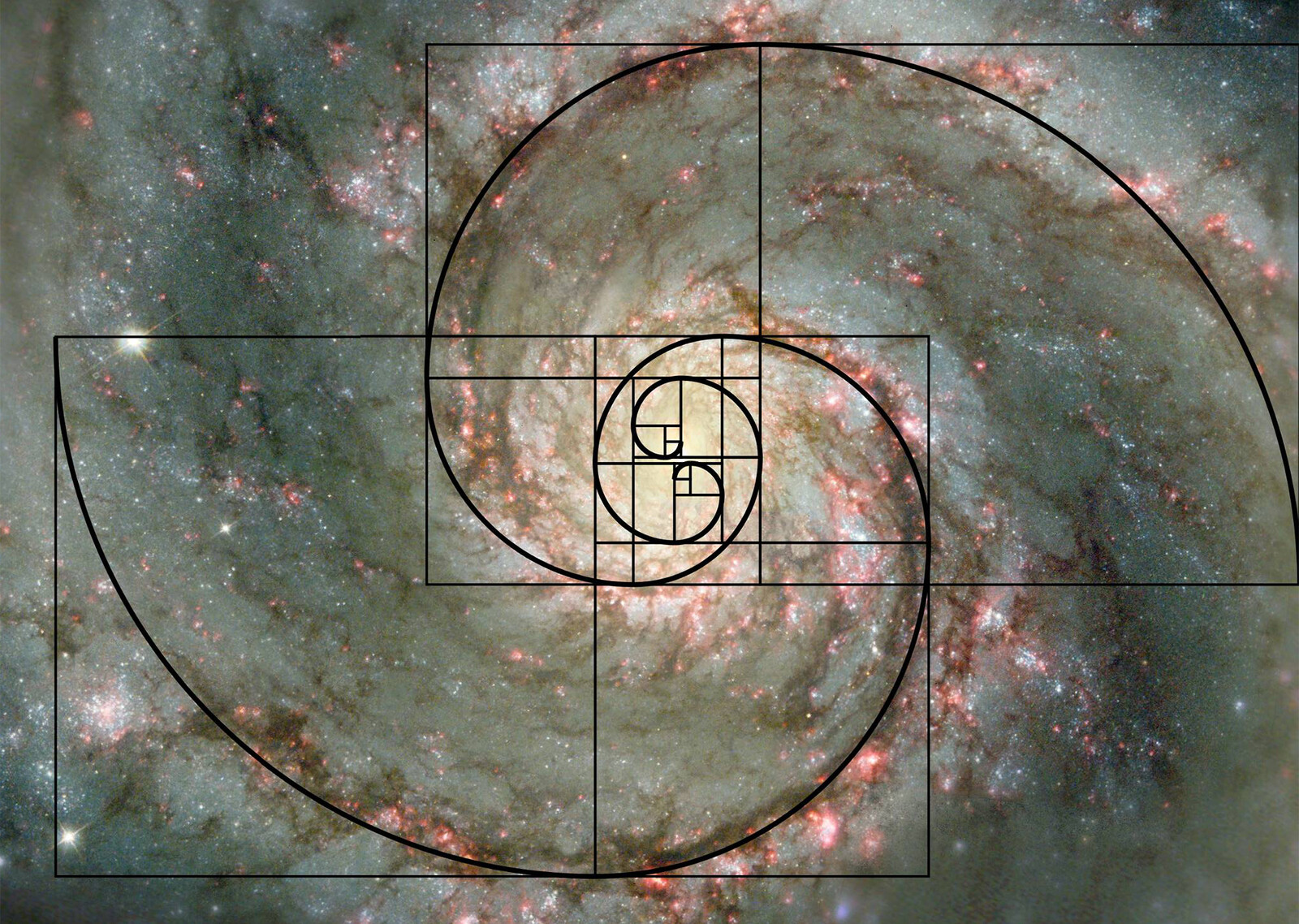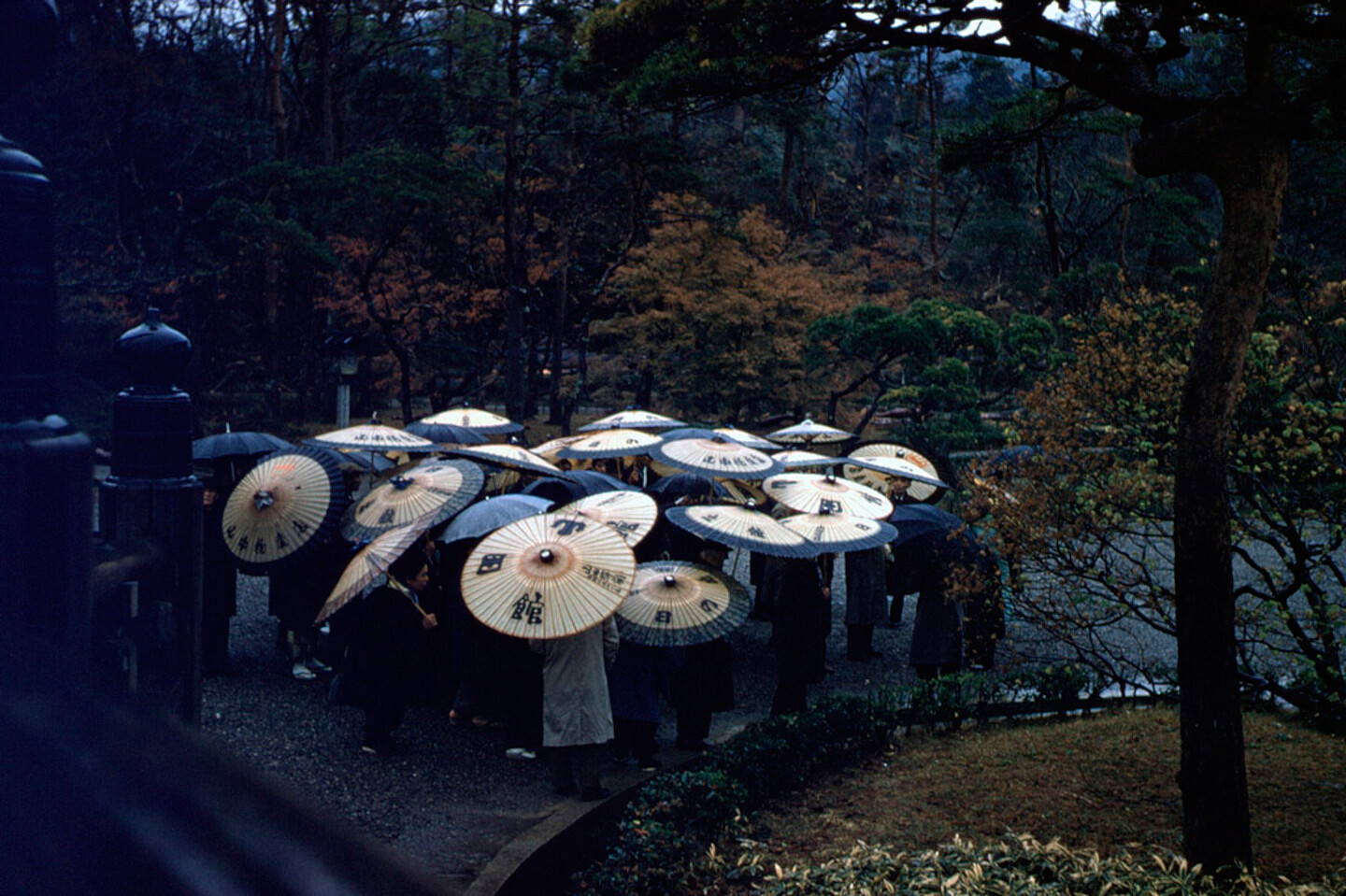Category
Superhumanity is a project by e-flux Architecture at the 3rd Istanbul Design Biennial, produced in cooperation with the Istanbul Design Biennial, the National Museum of Modern and Contemporary Art, Korea, the Govett-Brewster Art Gallery, New Zealand, and the Ernst Schering Foundation.
- Boris Groys Self-Design, or Productive Narcissism
- Keller Easterling No You’re Not
- Brooke Holmes Prescribing Reflexivity
- Andrew Herscher Cardboard for Humanity
- Mabel O. Wilson Carceral Architectures
- Trevor Paglen Some Sketches on Vertical Geographies
- Zeynep Çelik Alexander Mass Gestaltung
- Eyal Weizman Are They Human?
- Ruha Benjamin Designer and Discarded Genomes
- Tom Holert Spaces of the Learning Self
- Sylvia Lavin History for an Empty Future
- Lydia Kallipoliti Masters and Slaves
- Ina Blom On Snow Dancing
- Lesley Lokko In The Skin Of A Lion, A Leopard … A Man
- Raqs Media Collective As if by Design
- MAP Office An Apology to Survivors
- Shumon Basar Couple Format: The Identity Between Love and Work
- Felicity D. Scott Lesser Worlds
- Daniel Birnbaum and Sven-Olov Wallenstein Spatial Thought
- Tony Chakar Down with the World
- Rupali Gupte and Prasad Shetty The One-Foot Shop
- Rubén Gallo Designer Sex
- Giuliana Bruno Storage Space
- Ingo Niermann Real Estate Porn
- Hu Fang Our Heads Are Round, Our Hands Irregular
- Spyros Papapetros The Birth of Design
- Alexander Tarakhovsky Beyond the Gene
- Juliane Rebentisch Aestheticization and Democratic Culture
- Jack Self Beyond the Self
- Chus Martínez The Duck is the Übermensch
- Lucia Allais Amplified Humanity and the Architectural Criminal
- Francesca Hughes Facilities for Correction
- Paulo Tavares In The Forest Ruins
- Ahmet Öğüt After the Third End
- Andrés Jaque Surrogacity: Just like James Franco
- Mark Cousins We Are Red Parakeets
- Hito Steyerl How To Kill People: A Problem of Design
- Franco “Bifo” Berardi Engineering Self
- Liam Young I Spy with my Machine Eye
- Anton Vidokle and Arseny Zhilyaev Art without Death
- Liam Gillick Workplace Aesthetics Might Not Be Enough
- The Matter of Scale
- On Anthropolysis
- Simon Denny Blockchain Future States
- Stephan Trüby Right-wing Spaces
- Kali Stull and Etienne Turpin Our Vectors, Ourselves
- Sophia Roosth Analysis: Synthesis
- Brian Kuan Wood The Story of Peter Green Peter Chang
- Yongwoo Lee The Return of the Have-Lived
- Thomas Keenan Or are we human beings?
- Nick Axel, Beatriz Colomina, Nikolaus Hirsch, Anton Vidokle, and Mark Wigley Closing editorial
- Nick Axel, Beatriz Colomina, Nikolaus Hirsch, Jihoi Lee, Anton Vidokle, and Mark Wigley Editorial—Post-Labor, Psychopathology, Plasticity
- Catherine Malabou Repetition, Revenge, Plasticity
- Common Accounts Going Fluid
- Chin Jungkwon Play and Labor
- Yuk Hui On Automation and Free Time
- Hannah Proctor Mournful Militancy
- Sungook Hong Joey the Mechanical Boy, Revisited
- Erik and Ronald Rietveld Affordances and Architecture
- Jaehee Kim Posthuman Labor
- Arisa Ema Tasks and Values
- Mark Wasiuta Ecstatic Purification

